Disorganisation
Is your room a mess? Is there too much to think about? Do you always lose track of time? Then you have a problem with: Disorganisation

What is Disorganisation?
Disorganisation is where you struggle to plan things out, maintain control of your daily routines and keep everything tidy. This can end up in you being in a big mess with your daily routine completely ruined.
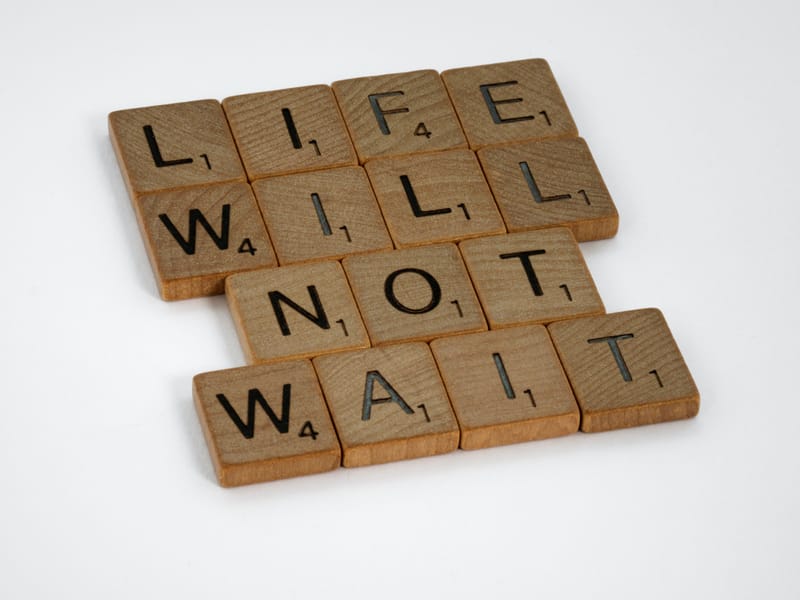
What causes Disorganisation?
Disorganisation is caused partly by not planning ahead, losing track of time, lacking a focus to get you motivated and lacking the imagination to find creative solutions to help you organise.
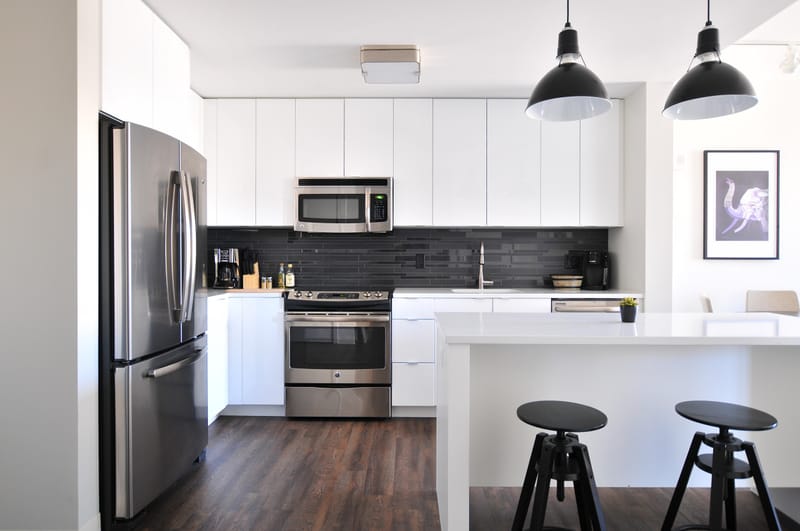
How do I manage Disorganisation?
Managing Disorganisation involves looking at what you can learn to organise in the first place. There are 3 things that we can learn to organise: Storage (including Minimalism), Mind and Time. You can find different strategies for organising each of these areas below.
Storage

What is “Storage”?
Storage is having physical places to put things away in order to keep tidy. This can be something as simple as a box for quick tidying or something bigger like a chest of draws which allows you store more things in a more organised way.

Why is this so important?
People often say “The state of your room is the state of your mind” which means by tidying your room, you tidy up your mind freeing up space for your mind to focus on more important things.
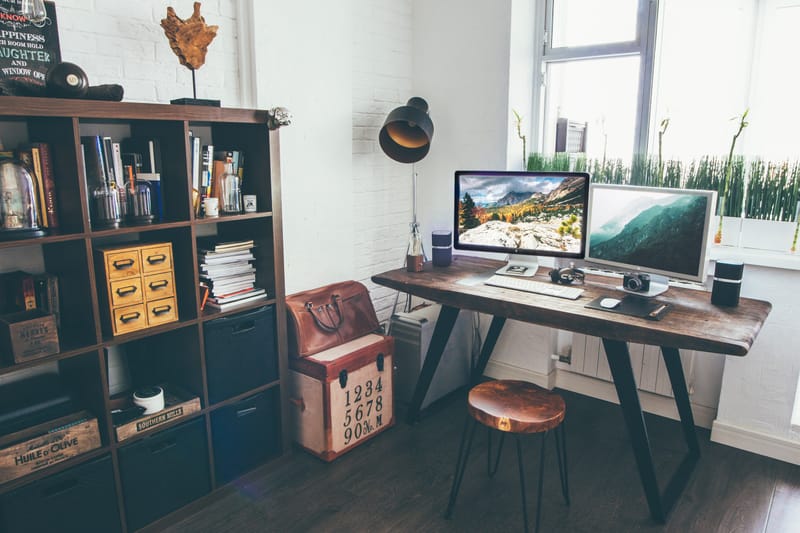
How do I manage “Storage”?
Managing storage is all about looking for Simple, Intermediate and Advanced storage ideas to store your stuff neatly and safely. These strategies are all explained in further detail under the tabs above.
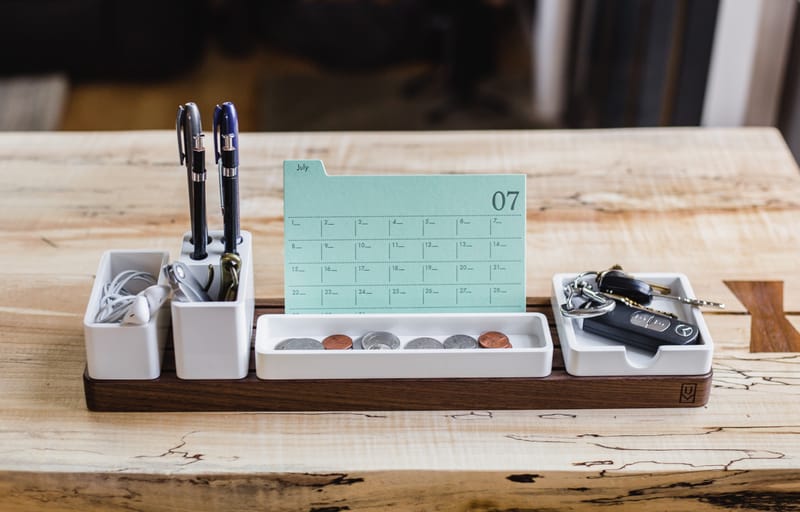
What are “Simple Storage Options”?
Simple Storage options are storage items that don’t need any prior assembly to build them, these items are already built and can be used straight away. To help you, I have made a list of simple storage items for you to consider, down below.
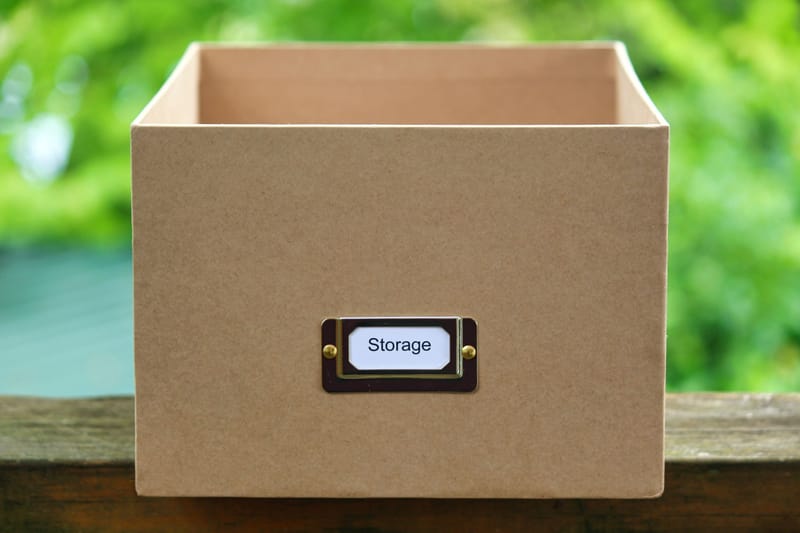
Boxes
The simplest way to organise is to buy boxes. Boxes come in all different sizes so you can store them anywhere. You can even get boxes for specific places such as under your bed.
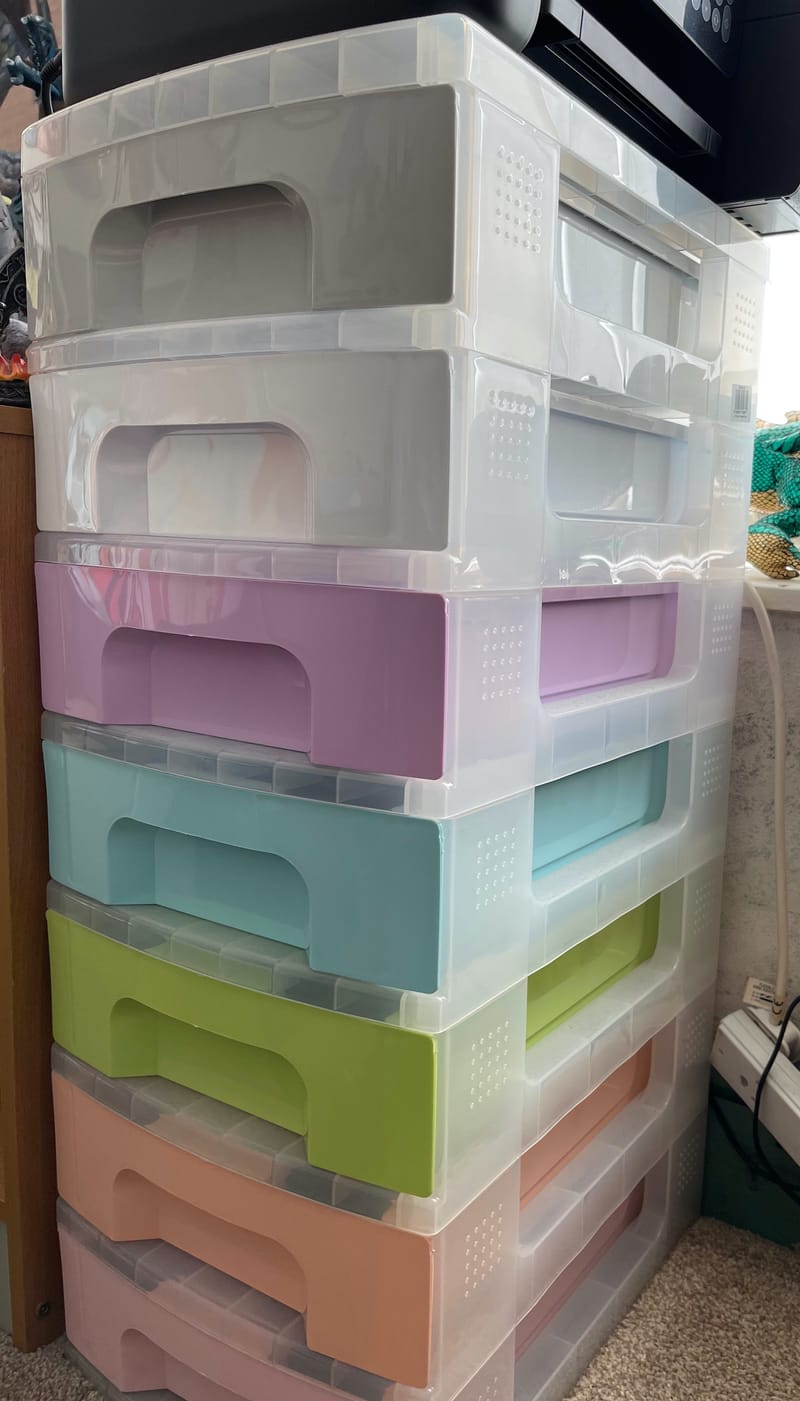
Plastic Drawers Units
Plastic drawers are already built and come with wheels so they can easily be moved. They can store more stuff in them all in one place which can make them a slightly better option than simply using boxes.
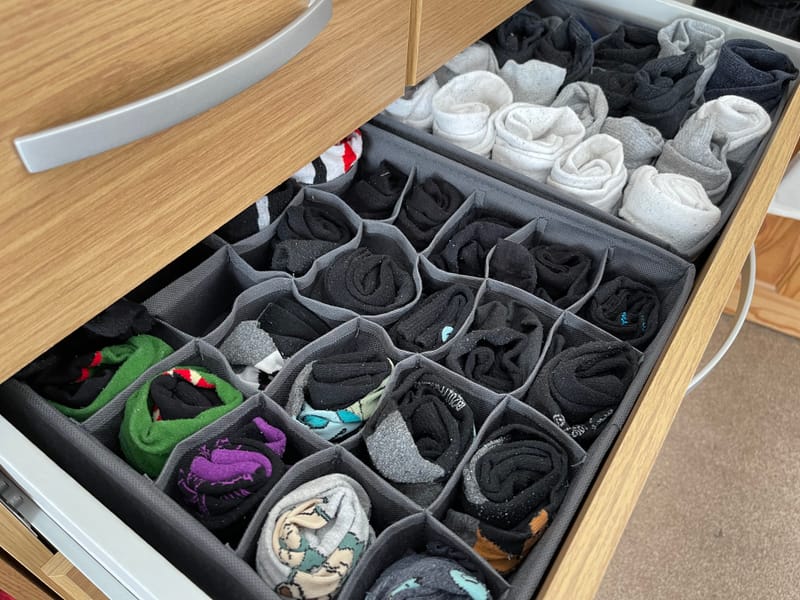
Drawer Organisers
When you look inside drawers, they usually are stuffed with all kinds of stuff and it looks a mess. Drawer Organisers can be fit inside drawers to organise your drawers so that everything inside is easy to spot and is accessible. In fact, I use them to organise my sock draw.

Files and Dividers
You can use Files to organise papers from various places, most notably from school or courses. You can also get file dividers which can be used to split off different categories of paperwork such as different lessons or different bills.
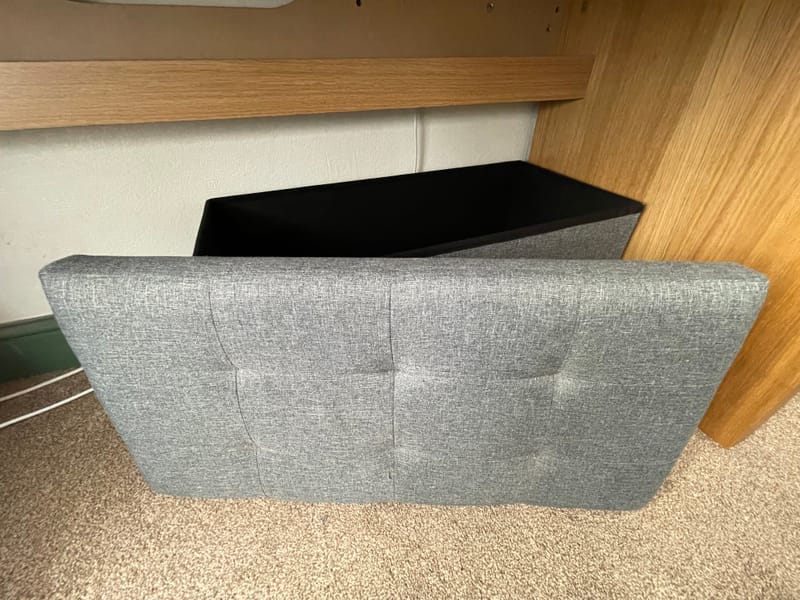
Ottoman
An Ottoman is like a large box but the lid is a cushion which you can sit. You can get an ottoman for quite cheap which you simply unfold, put the bottom part in and put the lid on. This not just simple storage but it’s quite comfortable too.
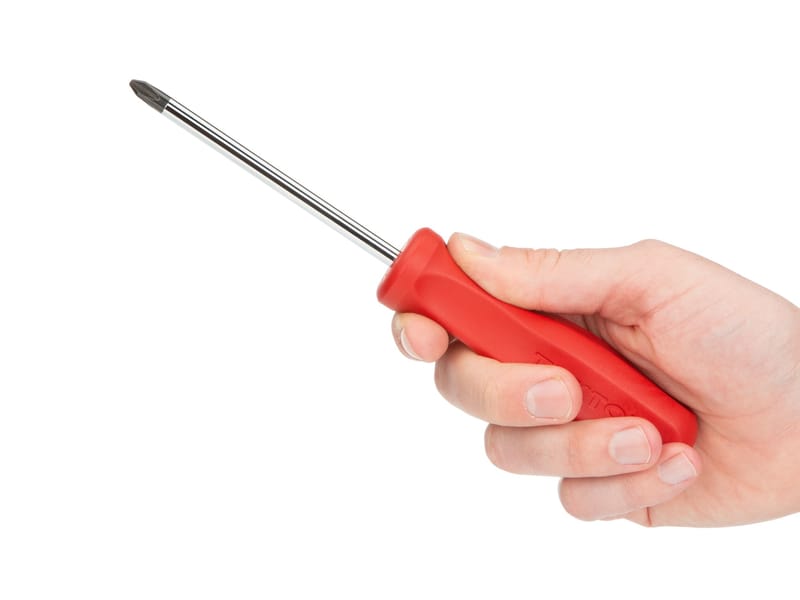
What are “Intermediate Storage Options”?
Intermediate storage options are storage items that need to first be assembled with tools such as Screwdrivers and Allen (Hex) keys. To help you, I have made a list of intermediate storage items for you to consider, down below, all in order of difficulty.
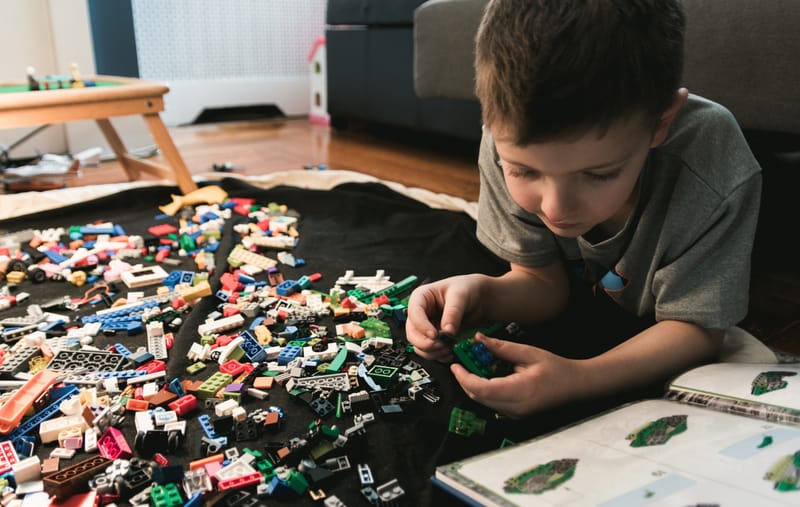
What if I have never done this before?
Don’t worry, all of these storage items come with easy to follow, picture based instructions and most storage items come with the tools you need anyway. Remember to follow the instructions given to you.
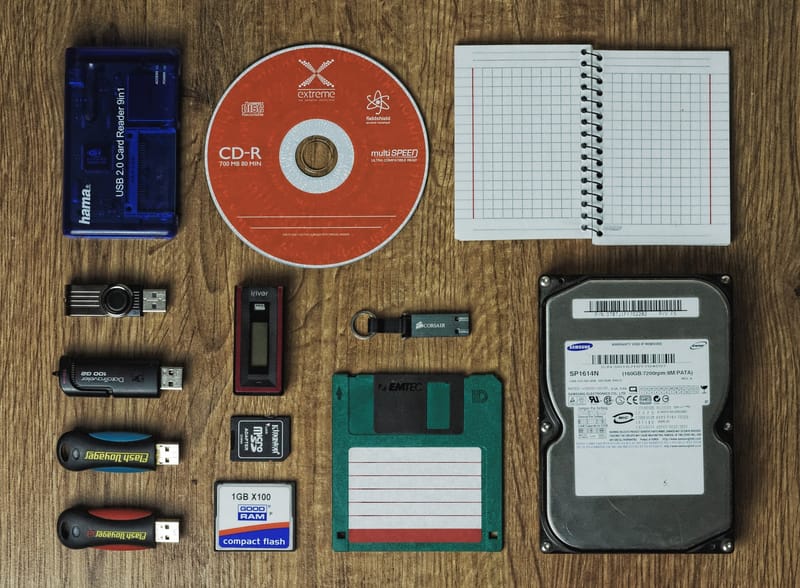
What should I consider doing first?
The first thing you should do when assembling these items is to lay all the parts out first so you can make sure all of the parts have come with the item. The parts should be arranged by number which could be number stickers stuck on them or by how they are numbered in the instructions.
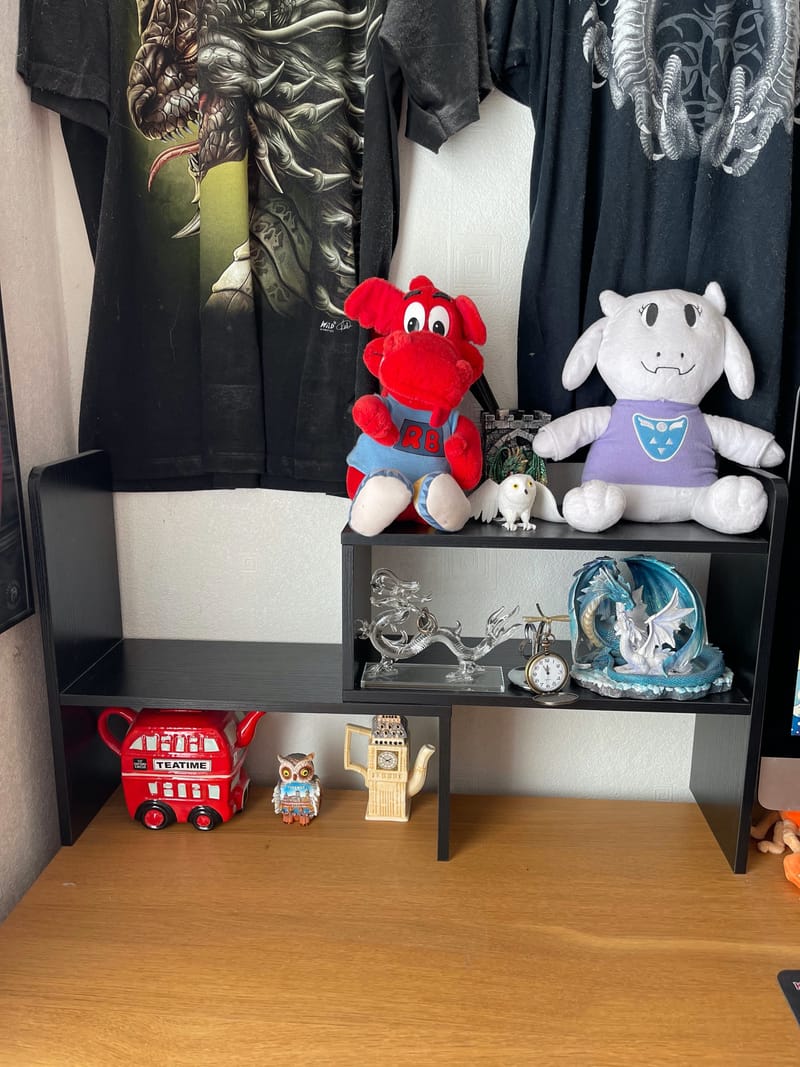
Desk Shelves
Shelves are ideal for storing small things such as books or small collectables. Desk Shelves are small enough to fit on top your desk which means they are easy to assemble. All it requires is just screwing the shelves together, that’s it.
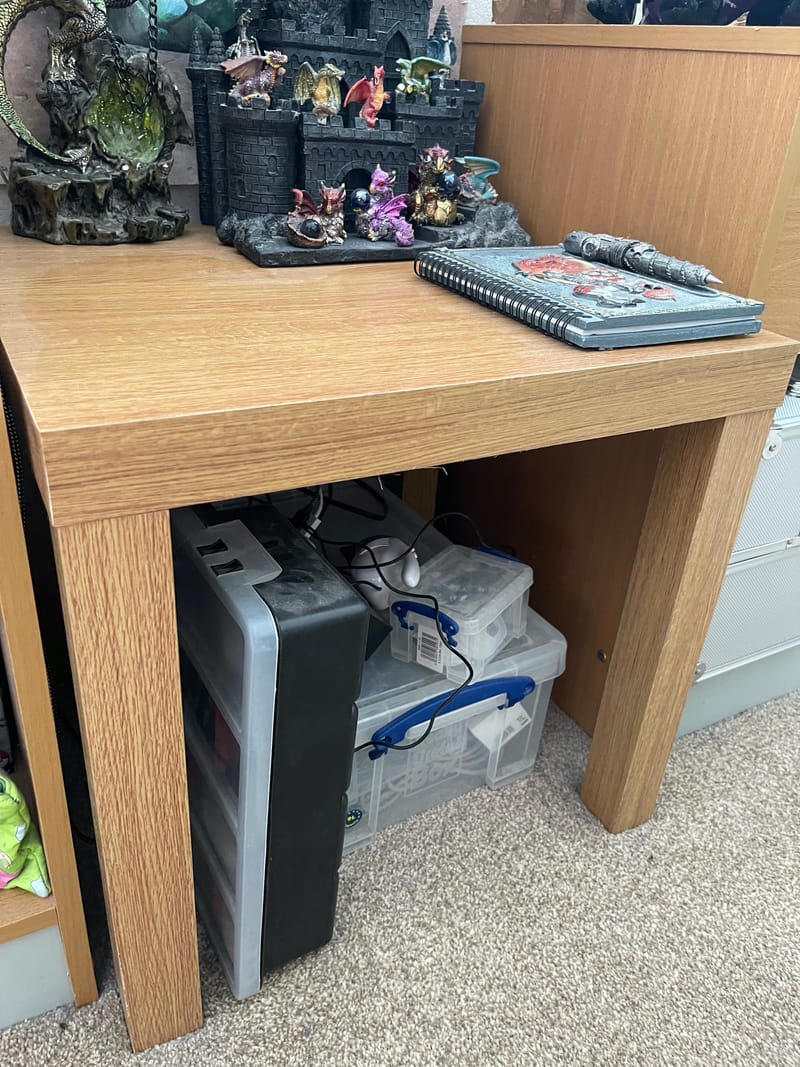
Table
These can be mini tables, coffee tables or even kitchen tables. You can put stuff on them, work/eat at them and store stuff underneath them. Tables usually just need you to screw on the legs, sometimes they may need a few other things but these things better secure the table so it doesn’t fall apart.
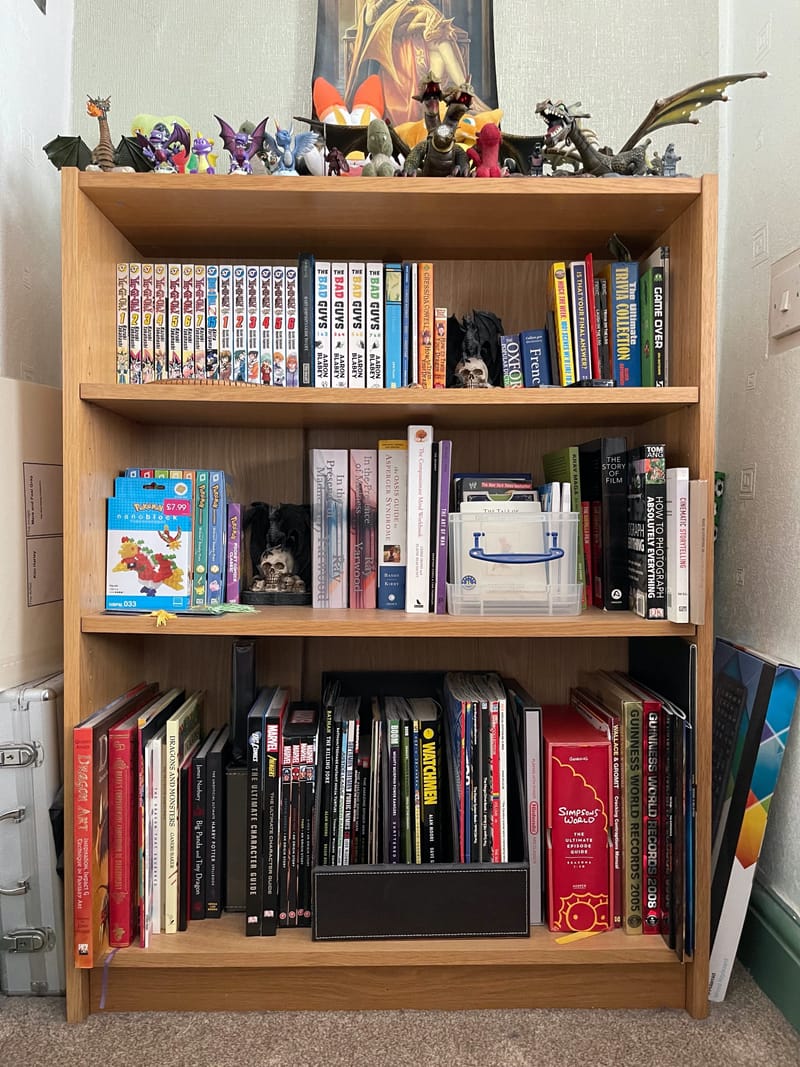
Bookcase
A Bookcase is as it says, for storing books. Bookcases are extremely useful as you can store a lot of different things on bookshelves not just books. The great thing about bookcases is that they are designed to allow you change the heights of the shelves at anytime.
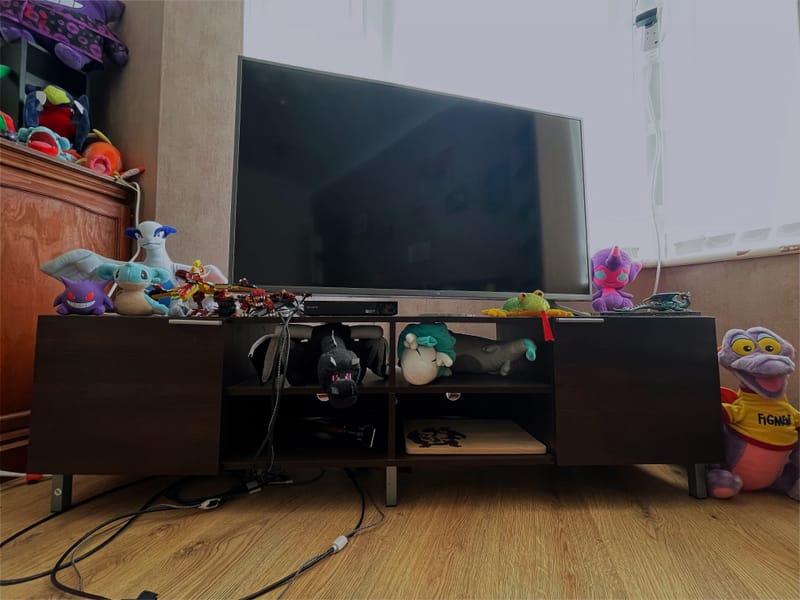
TV Stand
A TV Stand is designed for your TV to sit on top of and have shelves to keep your DVD/Blu-Ray player and game consoles tidy. They can also come with draws and mini cabinets to give you more storage options. Some TV Stands require you to make holes at the bottom to screw the legs on which you can do with a bradawl (a screwdriver made for making holes for screws).
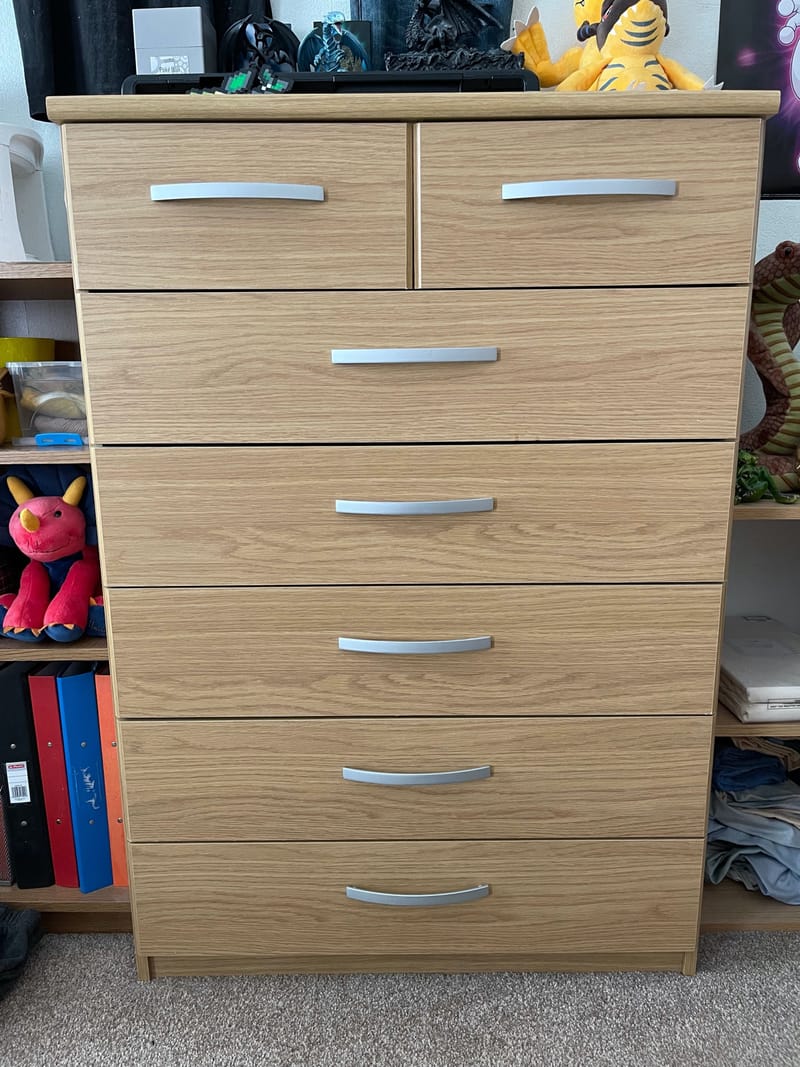
Chest of Drawers
A Chest of Drawers can come in different sizes with a different amount of shelves. This means they offer the most choices for storage as they can store so much and take up very little space. It’s important to remember to line up the fittings which allow the drawers to open and close, correctly.
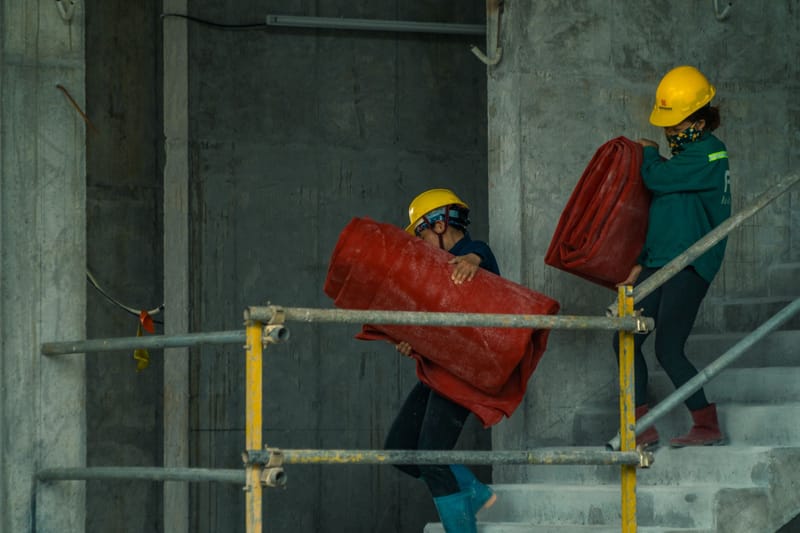
What are “Advanced Storage Options”?
Advanced storage options are storage options that will likely need the use of advanced tools such as a drill and will definitely need someone else to help you put it up. To help you, I have made a list of advanced storage items for you to consider, down below, all in order of difficulty.
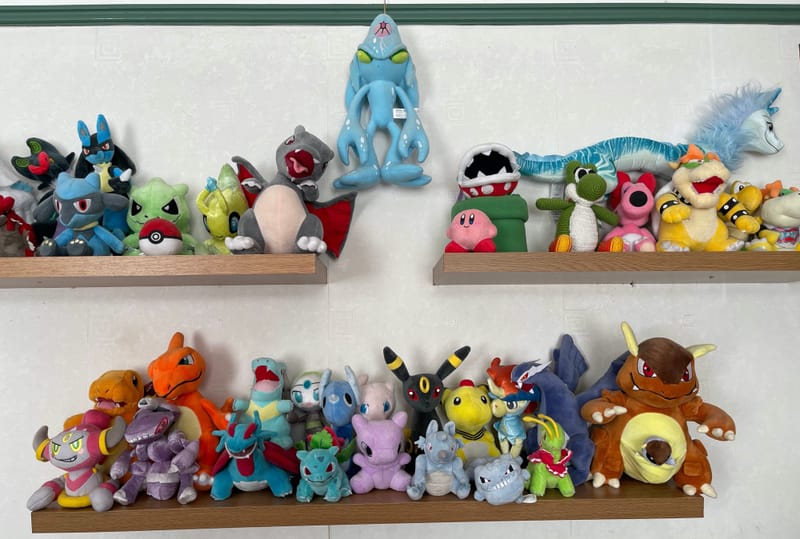
Shelves
Shelves are small pieces of wood that can be fixed to any wall. You can put anything you want on a shelf just don’t overload it as this will break the shelf. The best type of shelves to get are invisible shelves as they have metal plates that fit flat agains the wall and the shelves will fit over them.
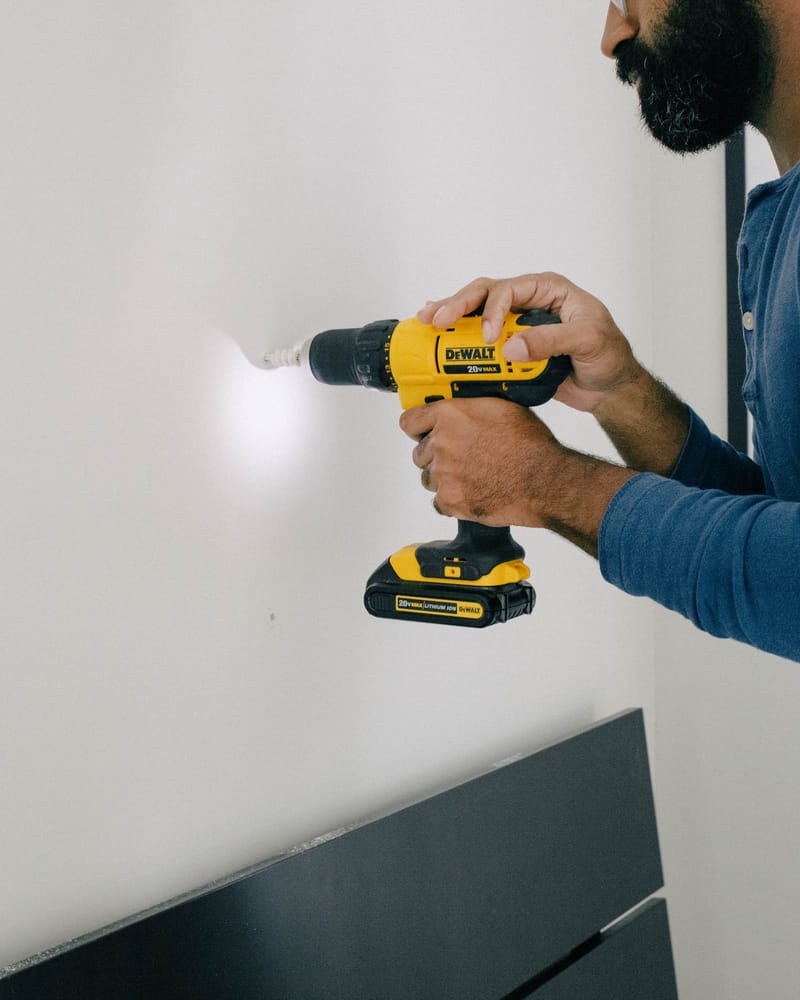
Fitting Shelves
The first thing to do to fit a shelf is to find a suitable wall by knocking on them, if the wall makes an echoey sound then this is the perfect wall as it will be the easiest to drill through. From here, you will need to mark out and drill holes into the wall for the shelf, just make sure they are level (use a spirit level).
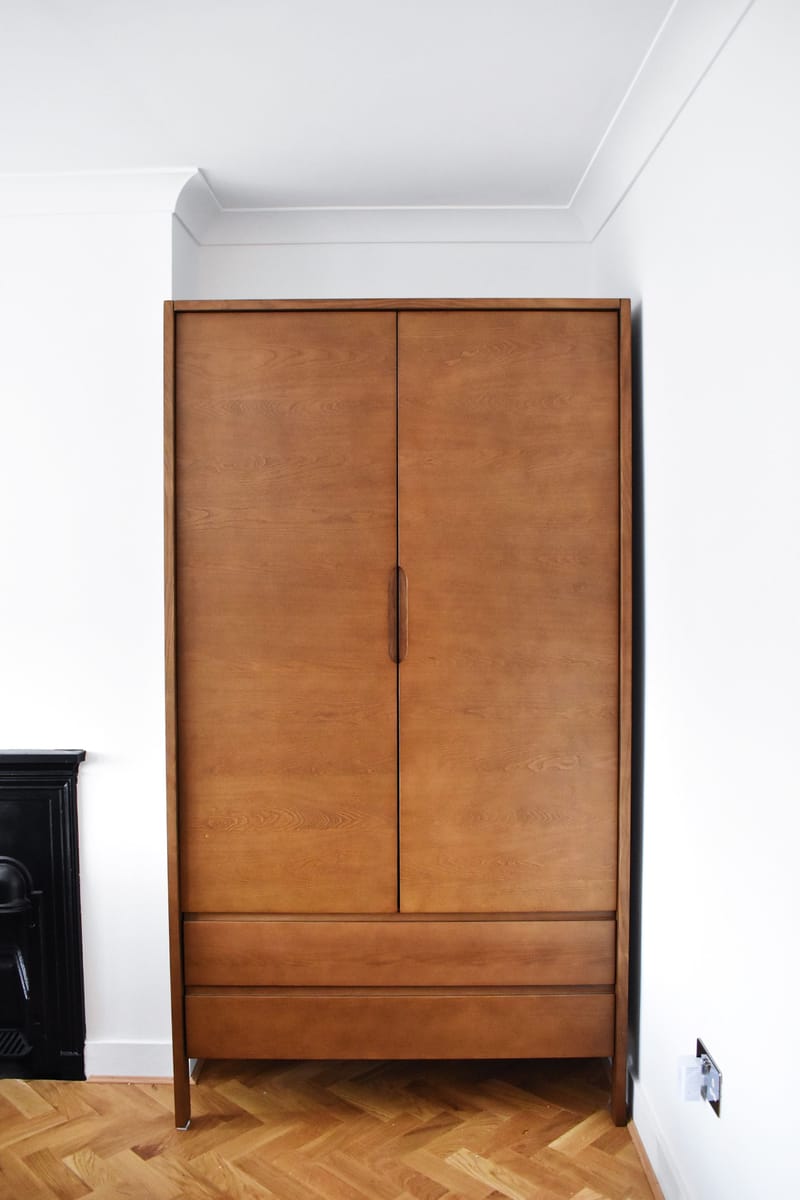
Wardrobe
When it comes to storing clothes, many people use wardrobes. You can hang your clothes on hangers, you can even get a trouser rack for your pants or skirts and even store stuff at the bottom. Due to how big wardrobes are, you will definitely need someone to help you put it up, don’t do it on your own.
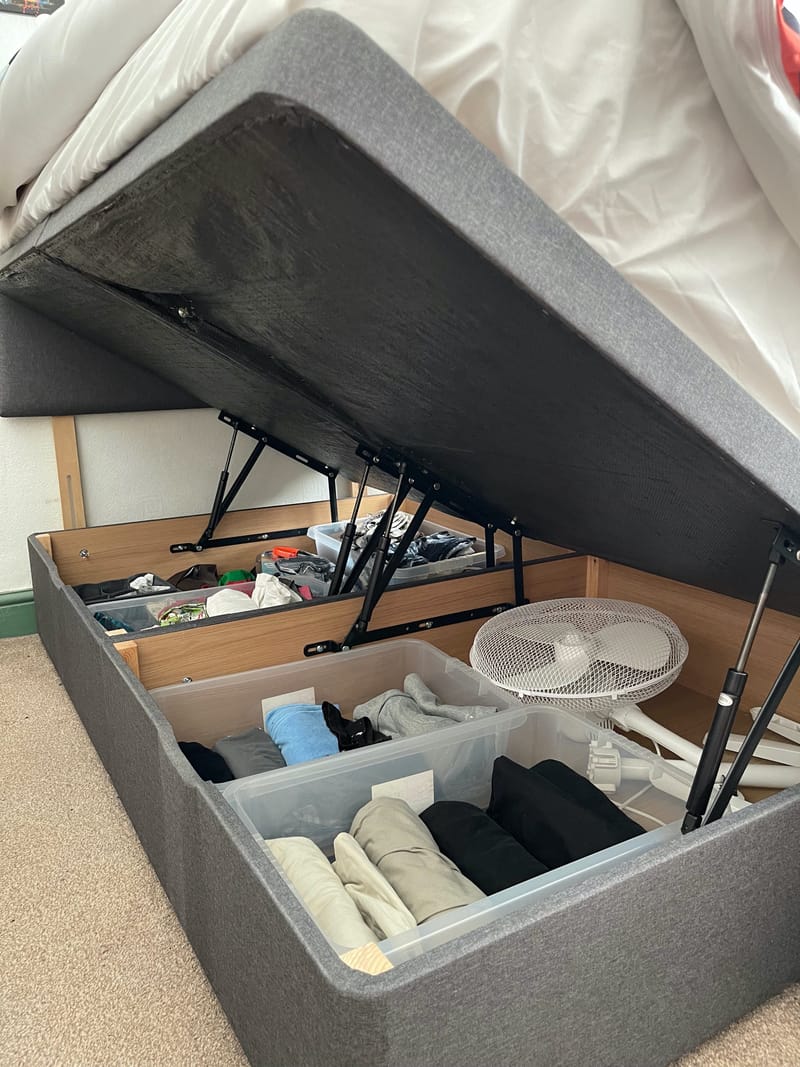
Ottoman Bed
Even your bed can be a place for storage, this can be in the form of sliding doors or drawers in the side of the bed but the best option is an ottoman bed. An ottoman bed opens out either from the side or the foot of the bed and allows you store as much stuff as the entire space of the bed.
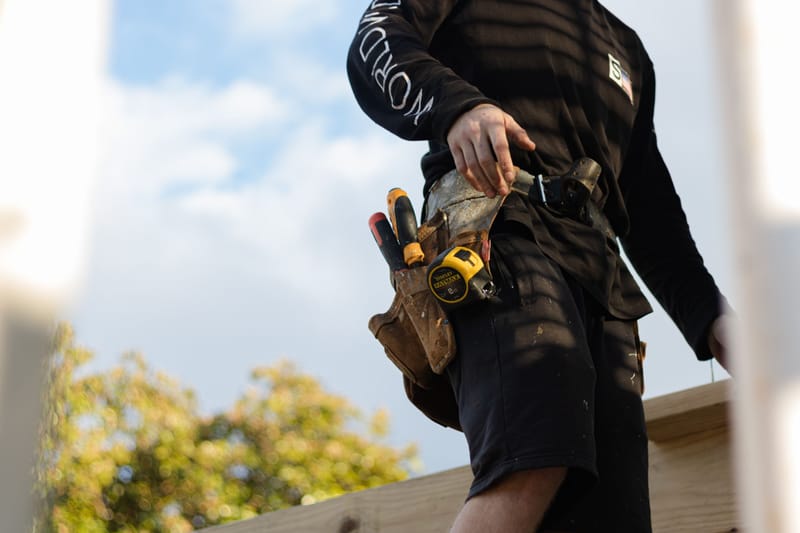
Putting up an Ottoman Bed
If the bed supplier offers to put the bed up for an extra charge, then it’s best to pay for it as it will save you so much hassle trying to put it up yourself.

What you NEED is more important than what you WANT
If there is something you want to buy for your house that you won’t use or display, then either don’t buy it or get rid of it. Something with a practical use, such as a lamp or a clock, is far more worth spending money on as it is guaranteed to get used often enough.
Minimalism
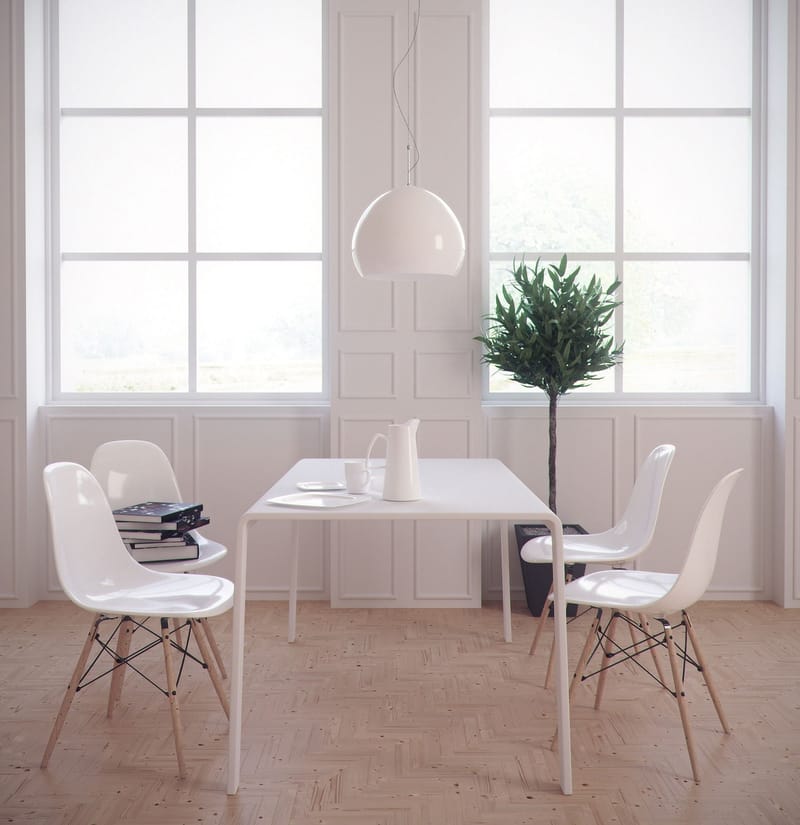
What is “Minimalism”?
Minimalism means to live with less (physical) stuff around your home and in your life. People who practice “Minimalism” only keep the stuff that they need and know will bring value to their lives.
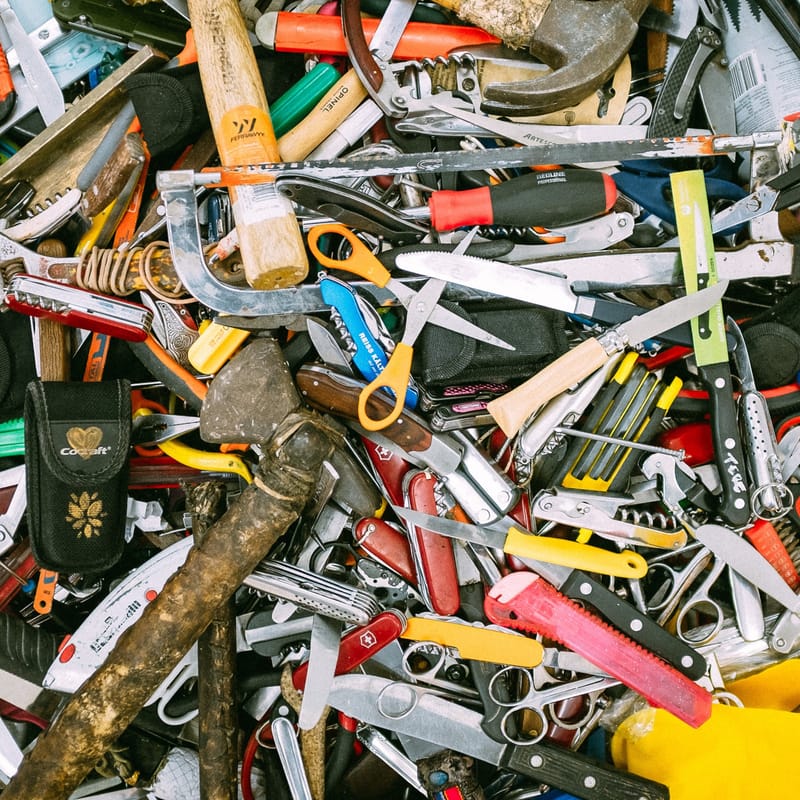
What can “Minimalism” be used for?
“Minimalism” can be used to declutter your home, especially if you find yourself constantly hoarding things around your house that you just don’t need. You could declutter something as big as an entire bookcase or something as simple as a kitchen drawer.

How do “I” use Minimalism?
Minimalism can be broken down into a simple 4 step process: Piling-Choosing-Throwing Away-Reorganising. How you use each step of the process depends on what you are trying to declutter such as clothes or electronics. Before you Choose, you should get a bag or box ready so that you have a place to throw anything you want to get rid of.

How the 4 step process works
Piling means to collect all the stuff to together and organise it into piles to be sorted. Choosing means to decide what to get rid of and what to keep. Throwing Away means how to get rid of the stuff you don’t want. Reorganising means to put the remaining stuff away in a neat and tidy fashion. The steps of the process are all explained in further detail under the tabs above.
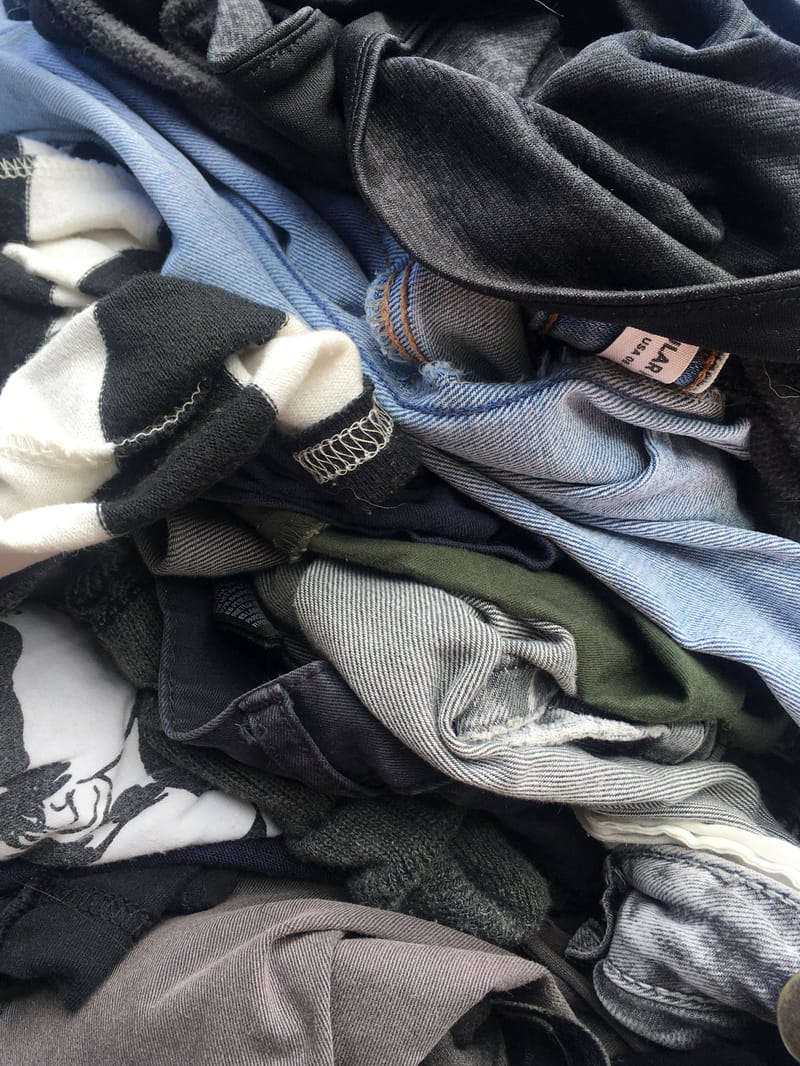
Why should I “Minimise” Clothes?
Clothes are something we use everyday and because we use them so often, they eventually wear out and end up tearing. A lot of clothes can become either too big or small and end up wasting space in our homes we can put to better use. I have used the 4 step process from the Introduction to break down the steps for minimising clothes down below.
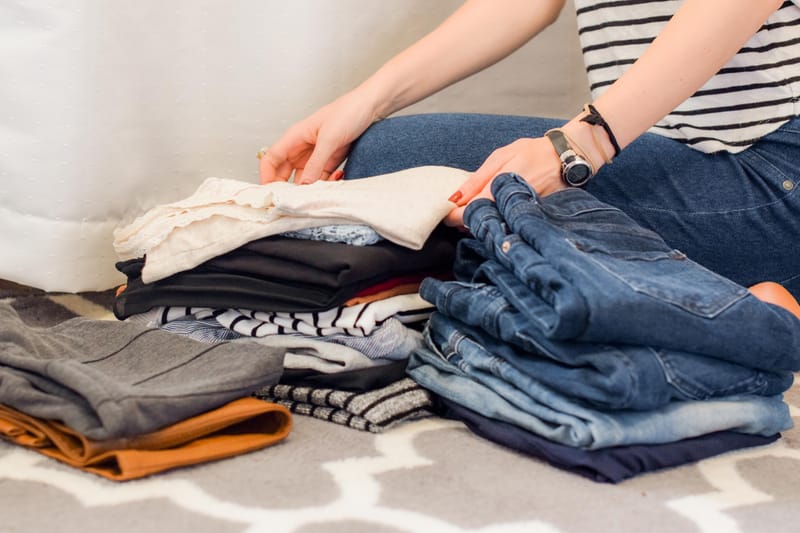
Piling Clothes
Clothes can be put into piles based on their colours. I pile my socks by having my white, black, grey and other coloured socks arranged this way. Another way to pile clothes is based on what pictures are on them. I arrange my t-shirts by pop-culture (film/tv/video games), animals, patterns and plain colours. Another thing I also do, is arrange my t-shirts, polo shirts, jumpers and hoodies together as well.
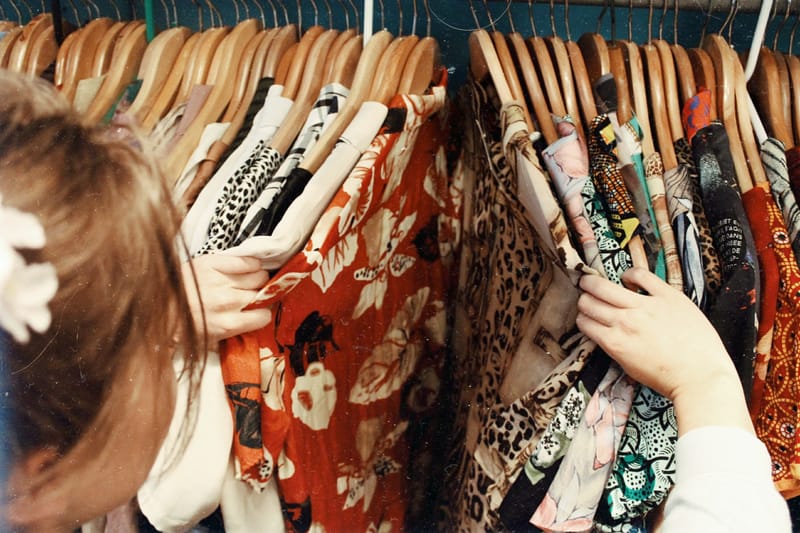
Choosing Clothes
The first clothes you can choose to get rid of are: anything that is stained (and won’t come out), ripped or has holes in it as having clean, fresh clothes can improve your self-image. Another way to choose is by the size of your clothes: if you have out grown clothes too small or have lost weight and have clothes too big, then these should definitely go. Finally, you should look at your clothes and ask yourself: Do I still enjoy wearing these? Will I wear these anytime soon? If the answer is NO, then they should go.

Throwing Away Clothes
Firstly, if any of your clothes are ripped, torn or damaged in any other way then they will have to go straight in the bin. This also applies to clothes which are stained and will not wash out. If your clothes are not damaged in anyway then you could donate them to charity shops or sell them to clothing banks (if you have over 5kg of clothes to sell). If your clothes have never been worn or still have price tags on them, then you could sell them online or to second hand clothing shops.

Reorganising Clothes
You can reorganise clothes by in the same way you piled them. This can be based on what pictures are on them such as by pop-culture (film/tv/video games), animals, patterns and plain colours. Another thing I also do, is arrange my t-shirts, polo shirts, jumpers and hoodies together as well. An even simpler way to reorganise clothes is by colour which can be quite effective as most people consider what colours will go together and which ones clash.
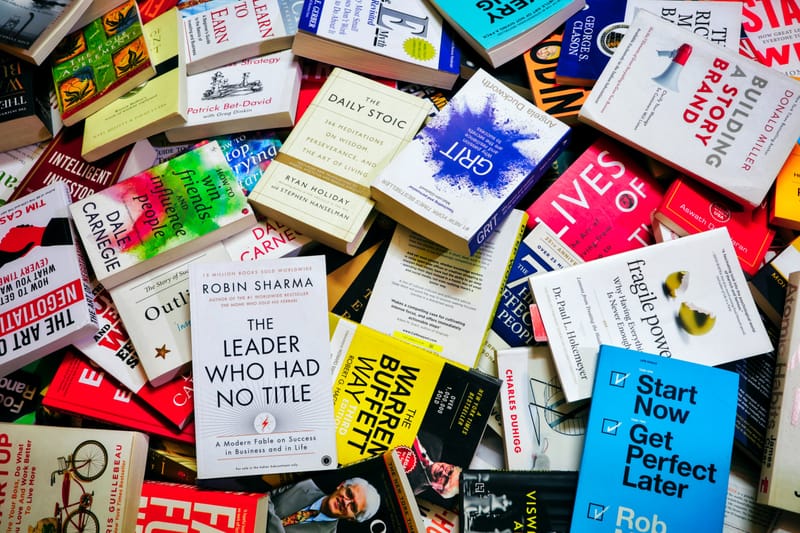
Why should I “Minimise” Books?
Ask yourself, how many books in your book collection have you actually read? Probably not as many as you realise. You see, people buy many books that they end up never reading which just end up on a shelf collecting dust, you should get rid of them as you can use the space for something more useful. I have used the 4 step process from “How do I use minimalism” to break down the steps for minimising books down below.
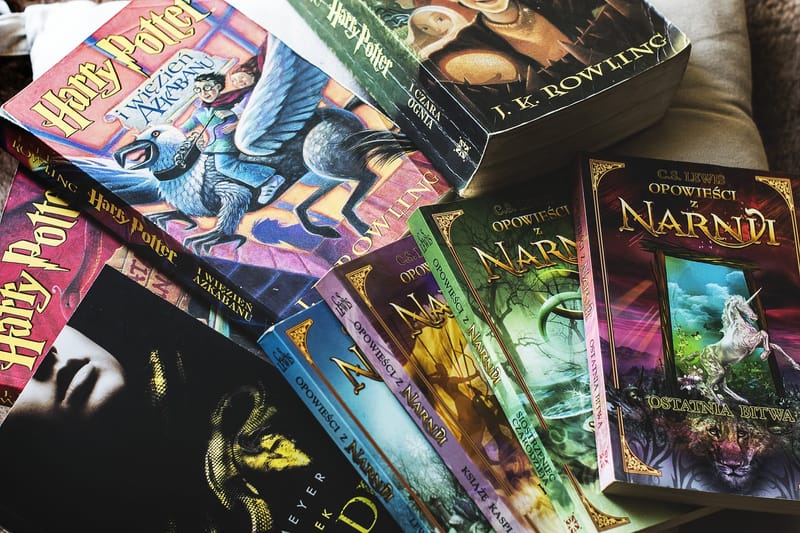
Piling Books
Books can be put into piles based on being fictional(fantasy stories, comic books) or non-fiction(information, real life stories). Fictional books can be arranged by series (such as Harry Potter books in which there are 7 in total) or comic book company such as Marvel. Non-fictional books can be arranged by their subjects such as sports or art and books such as magazines.

Choosing Books
Choosing books is all about the joy of reading. Pick up one of your books and look at it: Do you enjoy holding it? If the answer is yes then keep it, if the answer is no then get rid of it. Consider when you last read the book, did you enjoy it enough that you would consider it as one of your top favourite books? If not, get rid of it.

Choosing Books cont.
If you have never read the book, then are you telling yourself “I MIGHT read it”, this means you are unlikely to actually read it meaning it should go. If you are telling yourself “I DEFINITELY will read it” then you should keep it.
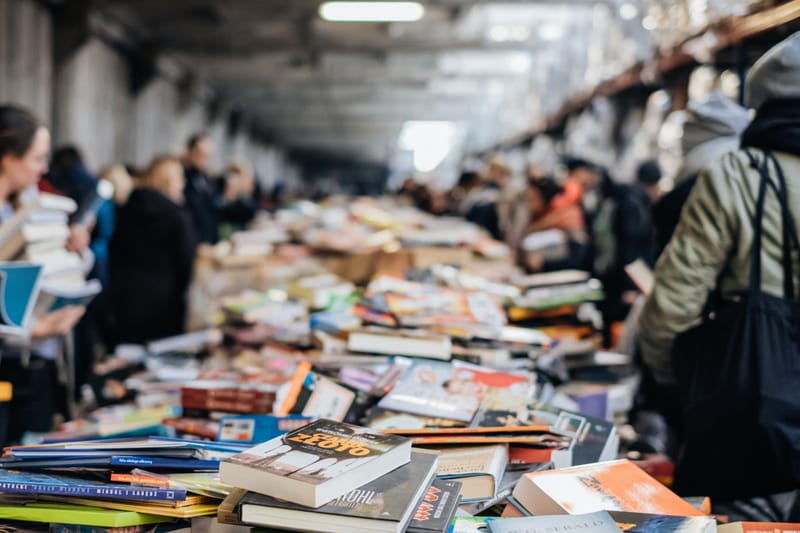
Throwing Away Books
To get rid of your books, you could donate them to a charity shop, 2nd hand book shop or leave them at a book swap. A book swap is where you can donate books and swap them for other books you might be interested in. You can also see if someone you know would be interested in them as well.

Throwing Away Books cont.
You can also sell books online but what you money you get for it depends on the condition of the book and how popular it is. You should research online on places such as Amazon to see how much the books go for. Avoid being greedy as some books may not sell for much, focus instead on the getting the stuff out of your house and off your hands.

Reorganising Books
Books can be reorganised firstly by fictional and non-fictional books. From here, fictional books can be organised by book title or by the book author’s surname (which is how libraries and bookshops do it). Non-fictional books can be sorted by the type of content in them such as sports or art, they can also be sorted by the type of books such as magazines. I also sort my books out by the things I like such all my books about dragons.
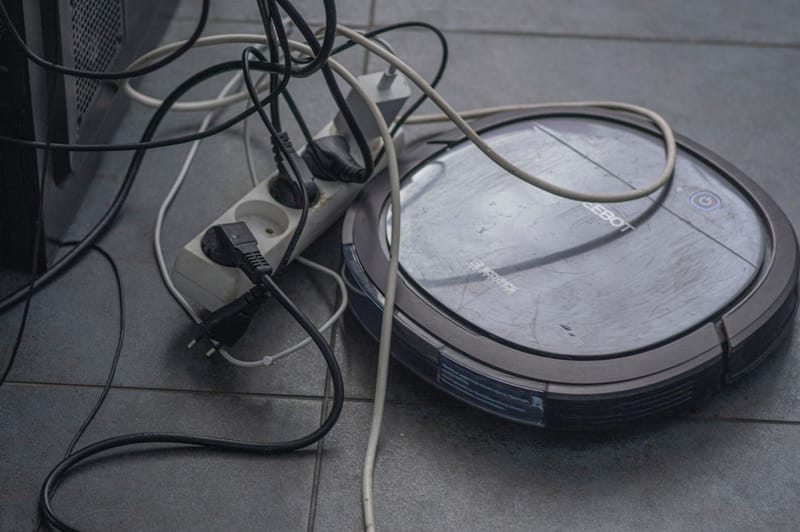
Why should I “Minimise” Electronics?
Electronics can quite quickly become obsolete as new technology is always becoming available, if your electronics are broke or won’t work with modern technology such as smartphones, then it’s time to move on from it and get with modern times. I have used the 4 step process from “How do I use minimalism” to break down the steps for minimising books down below.
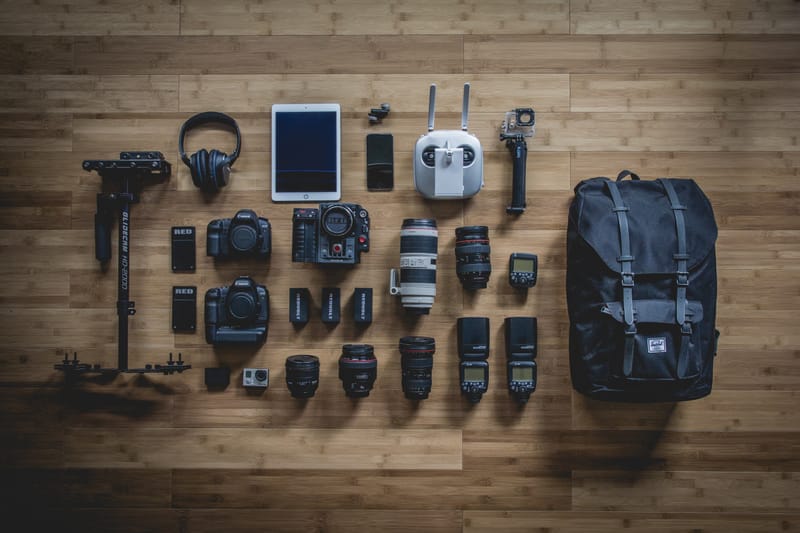
Piling Electronics
Electronics can be piled by parts such as old consoles, old laptops and various wires. Consoles and laptops should also be piled along with the wires such as a wire for the TV plus power lead for consoles or a charger for laptops; this will ensure you know what you need to make them work. Wires can be piled based on the same ends of the wires such as HDMI cables which have different ends to USB cables for example.
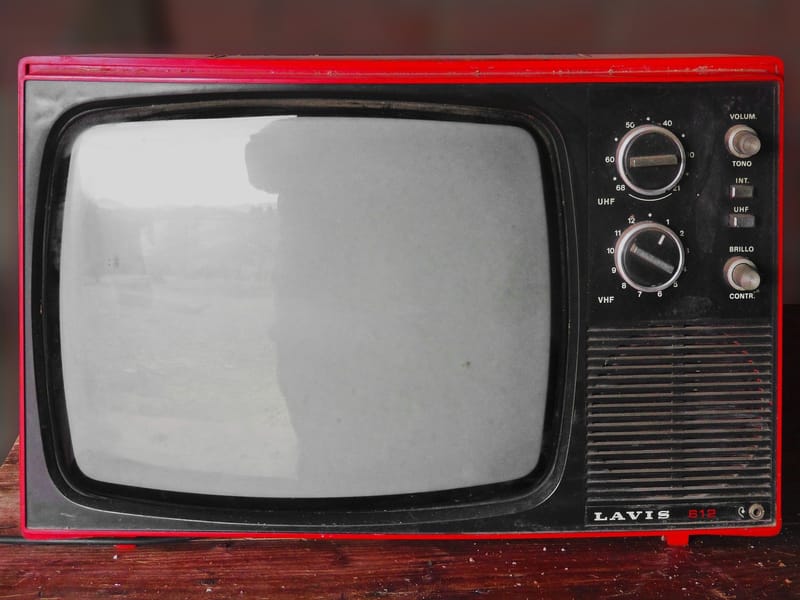
Choosing Electronics
Choosing electronics is all about being in the present. Firstly, electronics soon become obsolete such as old TVs with no HDMI slots (HDMI being the norm today, check the back of your TV) and this means it has no purpose in today’s world as there is something better that can replace it. Also, do your electronics still work? If not then they are useless now. Another thing to consider is: When did you last use your electronics? If you haven’t used them in over a year, then it is likely you are never going to use them, throw them.

Choosing Electronics cont.
Wires for your electronics are just as important to consider. If you have more than 3 wires with the exact same ends, then consider throwing them away. If you have wires of different lengths then consider throwing the short ones away as longer wires give you more space for your electronic.
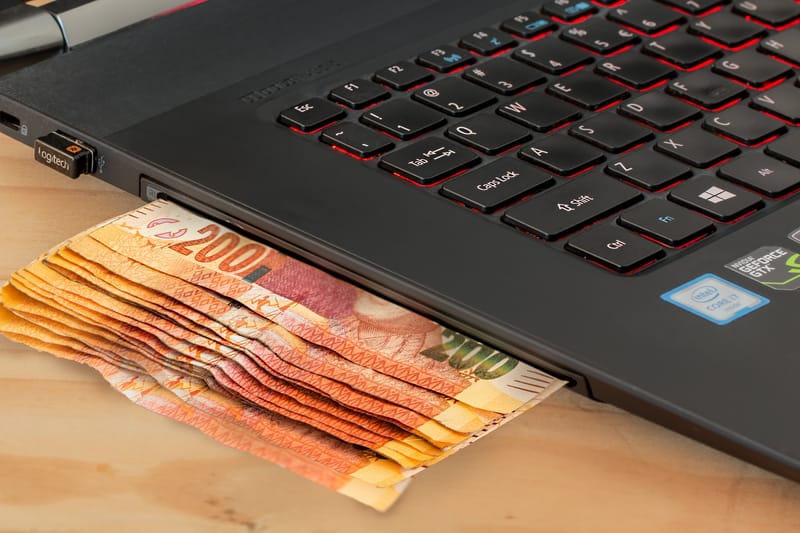
Throwing Away Electronics
You can sell electronics either at 2nd hand shops such as Cash Converters or online. Keep in mind 2nd hand shops will test your electronics before they give you any money for them so make sure they work, also there maybe electronics they will not take from you. If 2nd hand shops won’t take your electronics then people online might, it also helps to list your broken electronics as spare parts since spare parts for old electronics can be hard to come by.
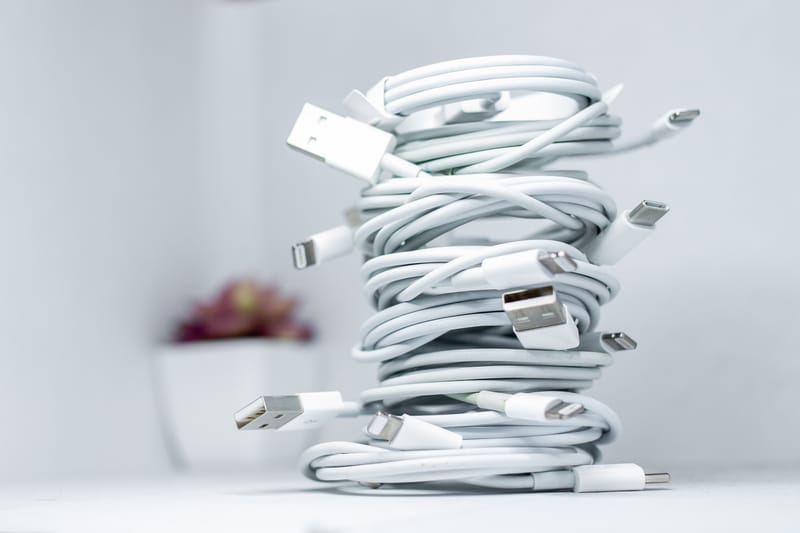
Reorganising Electronics
You can reorganise electronics by dusting them down and putting them in a place you can easily see and use it. You should organise wires for example by putting the same wire ends together and keep detachable plugs such as euro converters together. You can keep wires tidy by wrapping elastic bands around them and putting them in an organiser box.
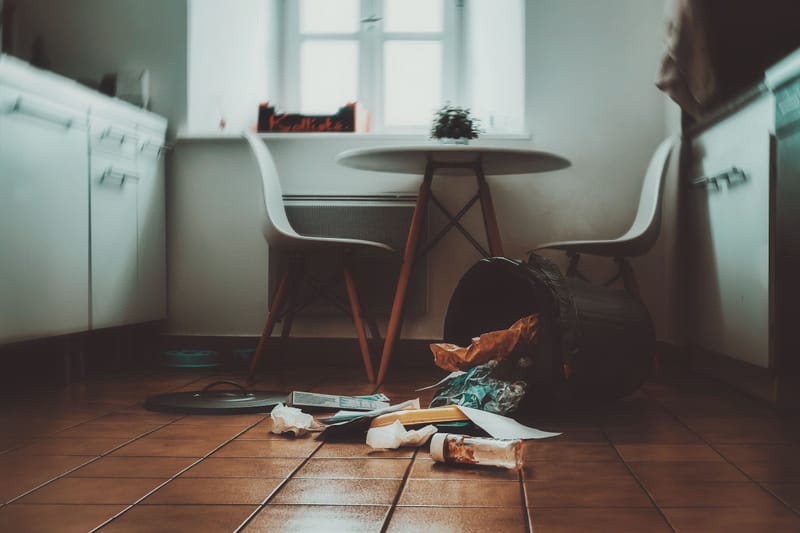
Why should I “Minimise” Kitchen Stuff?
Kitchen Stuff comes with use by dates and if you have this stuff around after its use by date, it will go stale or start to rot which can be a serious health hazard. Stuff like this needs to go as well as stuff that you know you definitely won’t eat anytime soon. I have used the 4 step process from “How do I use minimalism” to break down the steps for minimising books down below.
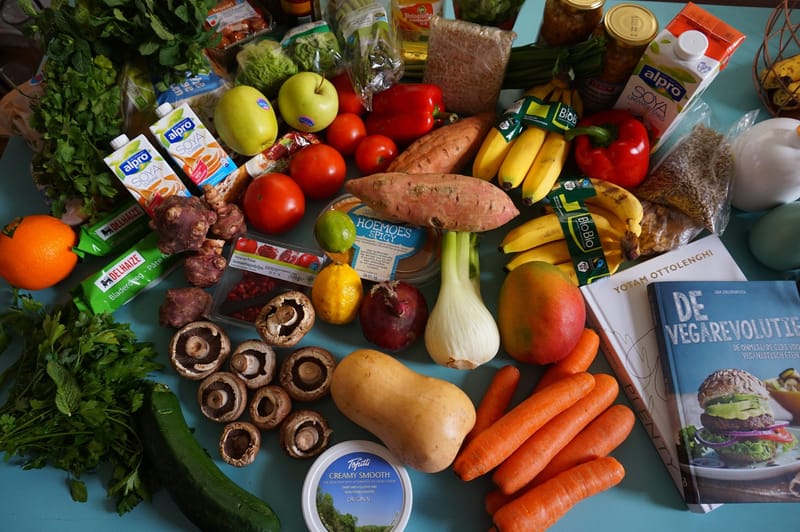
Piling Kitchen Stuff
Kitchen stuff can be piled by the containers they are in; containers such as tins, spray bottles, jars, cartons and boxes just to name a few. Fridge and Freezer stuff can be arranged by food groups such as dairy, meat, fish, fruit&veg and drinks.
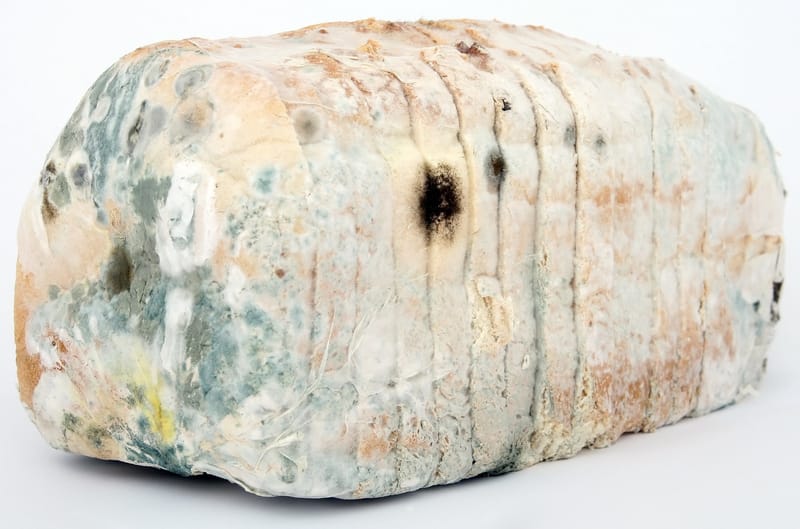
Choosing Kitchen Stuff
The first thing to do is check the use by dates on the packaging, if they are past the use by dates then they definitely need throwing away. If they are in date or don’t have a date, then see if it looks rotted or has mould on it and if it does, throw it away before you get sick from it. Lastly, look at your food and ask yourself: Will I eat this in a few days time? If the answer is no then get rid of it.
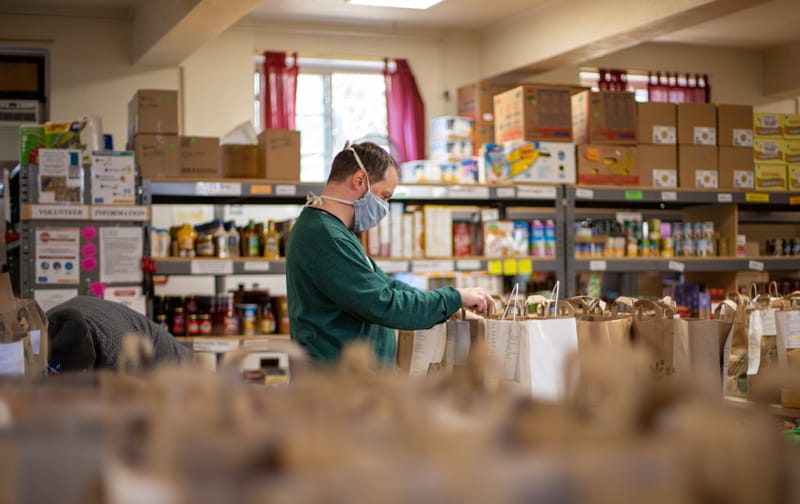
Throwing Away Kitchen Stuff
Any kitchen stuff that is either past its use by date or has rotted/become mouldy will have to be thrown in the bin as they are now a health hazard. Remember to put you bins out for bin collection, I set a reminder on my phone for when my bins need to go out. If you have kitchen stuff that is still in date and looks fresh then you can donate it to food banks whether it be to the food banks yourself or through your local supermarket.
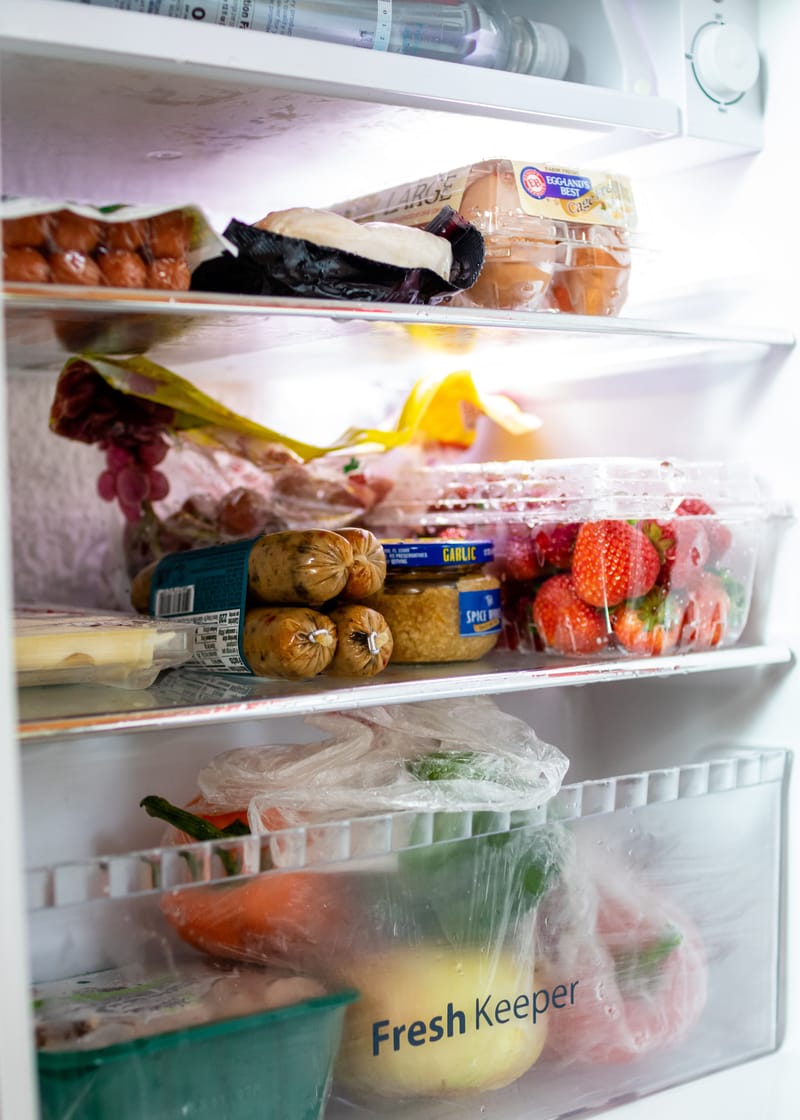
Reorganising Kitchen Stuff
You can Reorganise kitchen stuff firstly by whether it needs to go into the fridge, freezer or cupboards. Your fridge should be organised so that fruit and veg are at the bottom, meat along with ready meals should be in the middle and dairy stuff such as cheese or yogurts alongside eggs should be at the top, drinks should put on the bottom shelf of the door.
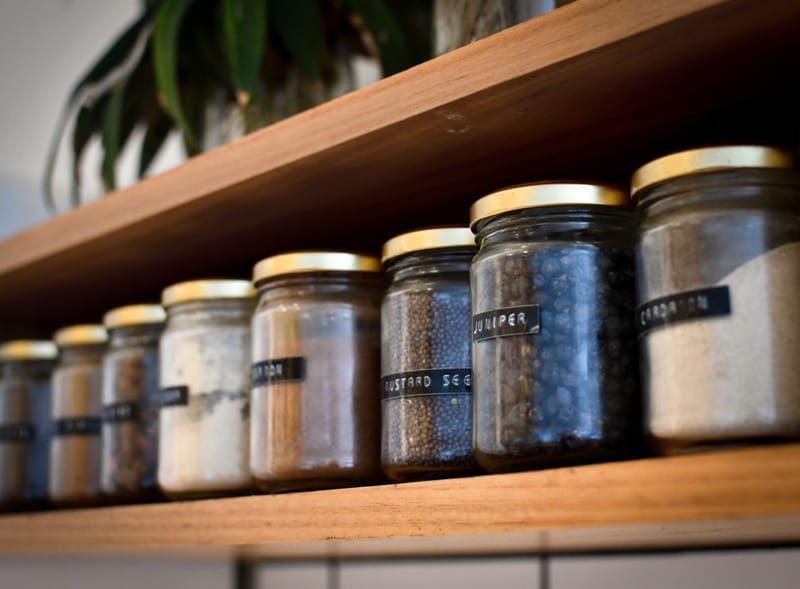
Reorganising Kitchen Stuff cont.
Cupboard stuff should be organised by putting all the tins together, all of the packets (such as pasta or rice packets) should be together and you might want to consider getting a spice rack or small box for your salt, pepper and other herbs&spices.
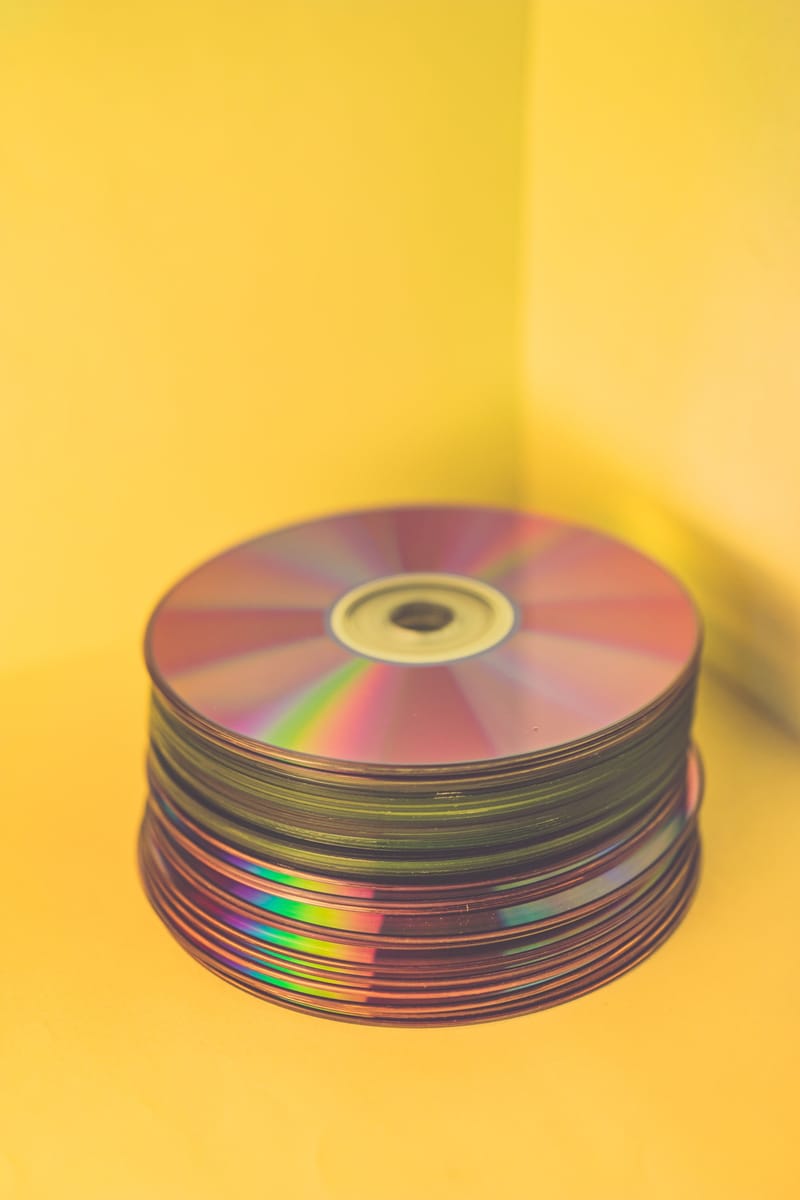
What is “Record Storage”?
Record Storage is anything that has something stored on it like a song, film or video game which can be played through a player of some sort such as a DVD player. Record Storage can come on things such as tapes, disks or vinyls.
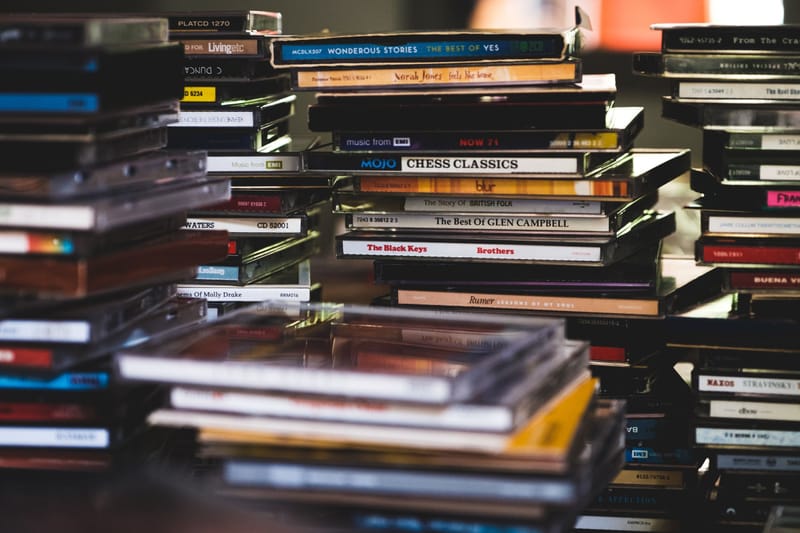
Why should I “Minimise” Record Storage?
Ask yourself, how many tapes or disks in your collections have you actually played? Probably not as many as you realise. You see, people buy many tapes and disks that they end up never using, they just end up on a shelf collecting dust; get rid of them so you can use the space for something more useful. I have used the 4 step process from “How do I use minimalism” to break down the steps for minimising record storage down below.
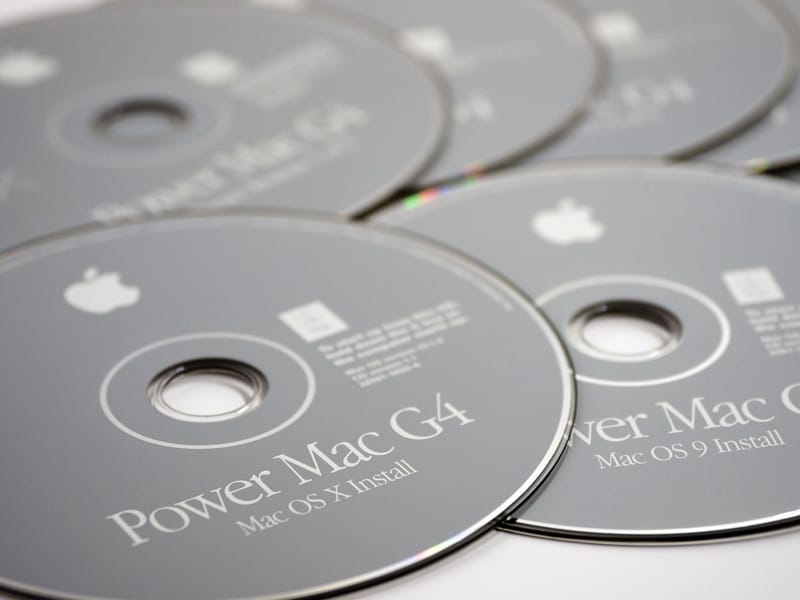
Piling Record Storage
Record Storage can be piled by the type of storage they are: all the CDs together, all the DVDs together. They can also be kept alphabetical order or the subject matter. Subject matter depends on your own interests, as in you many like a certain singer, a certain director, a certain type of music(like rock) or certain types of movies(like comedies).

Choosing Record Storage
Choosing Record Storage is all about the joy of playing them. Pick up one of your disks and look at it: Do you enjoy holding it? If the answer is yes then keep it, if the answer is no then get rid of it. Consider when you last played the disks, did you enjoy them enough that you would consider watching or listening to it again? If not, then get rid of it.
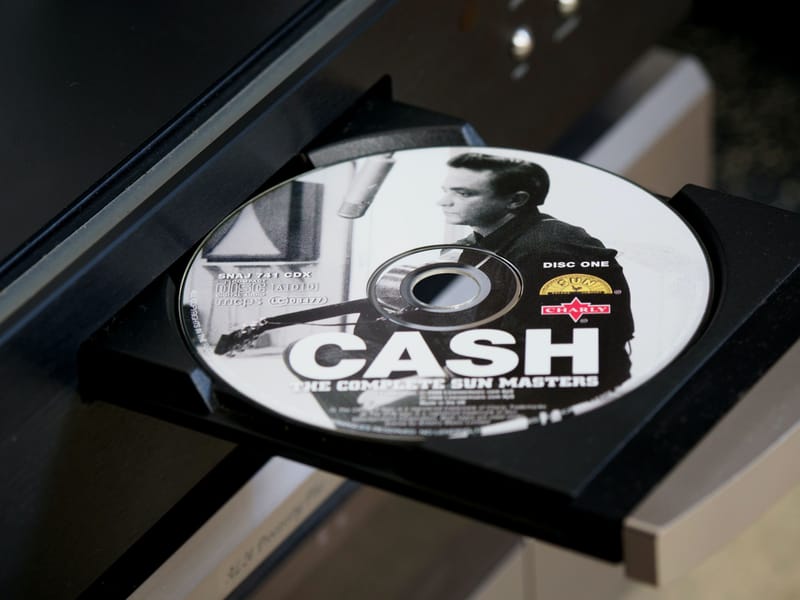
Choosing Record Storage cont.
If you have never used the disk, then are you telling yourself “I MIGHT use it”, this means you are unlikely to actually use it meaning it should go. If you are telling yourself “I DEFINITELY will use it” then you should keep it.
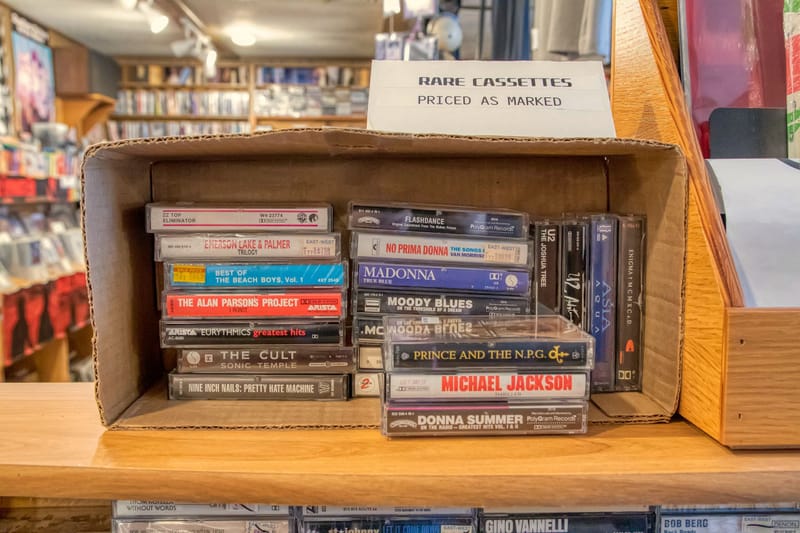
Throwing Away Record Storage
To get rid of your Record Storage, you could donate them to a charity shop, sell them online or sell them to a 2nd hand shop such as Cash Converters. You can also see if someone you know would be interested in them as well. Before doing any of this though, you need to check the region the disks are from as disks from other regions might not work on disk players in your country. You can find out the region by checking the back of disk cases: the UK is dvd region 2 and blu ray region B.

Throwing Away Record Storage cont.
You should research online on places such as Amazon to see how much the disks go for. Avoid being greedy as some disks may not sell for much. Focus instead on the getting the stuff out of your house and off your hands.
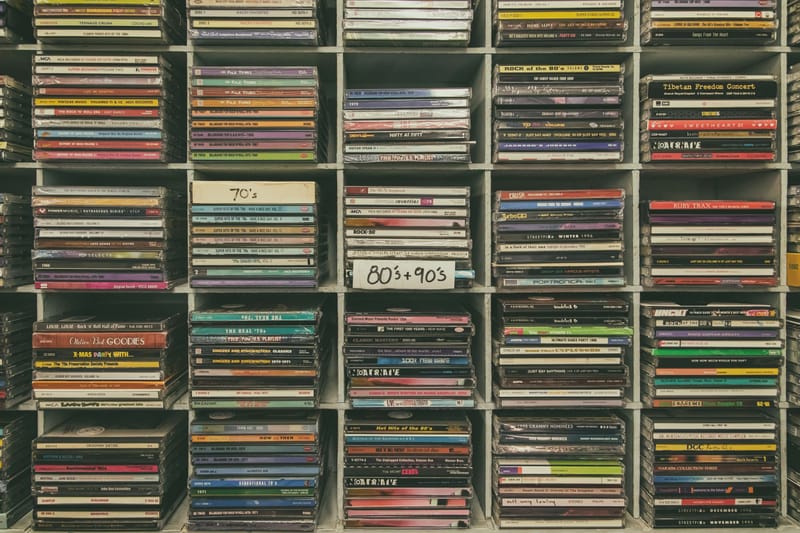
Reorganising Record Storage
Disks like DVDs and Blu-Rays can be organised by having all DVDs together and all Blu-Rays together. Also, you should store them alphabetically from a-z preferably. You can also put films in the same genre such as superhero films together or films by the same director together. CDs should go in alphabetical order of the artist’s name or even the decade they came out as this is how record shops do it. You might also want to put your favourite films or CDs together as a personal choice, the ones you use the most.
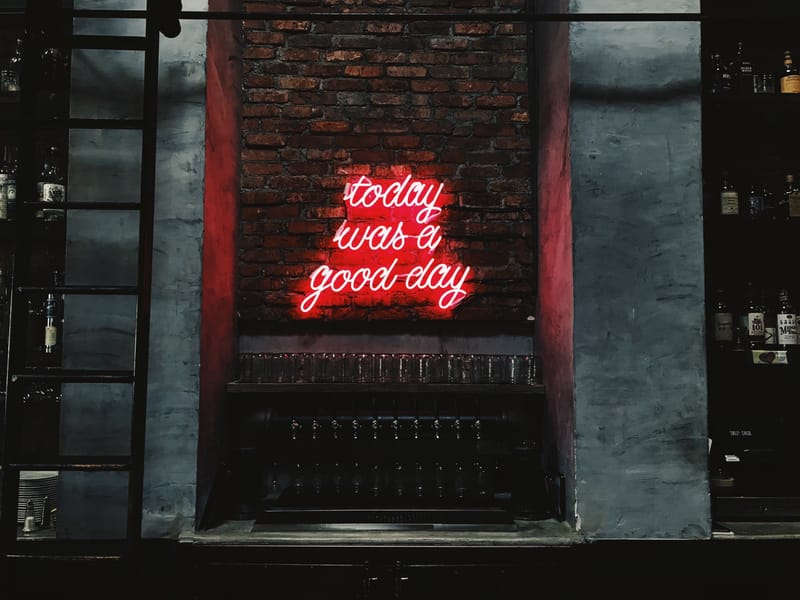
Live within your Means
Life is about what’s happening now. If you don’t use something currently then ask yourself: Can you live without it? If you can live without something, then get rid of it because it’s not worth worrying about what need will come in the future as if you can live without it now, you can live without it for a very long time.
Time
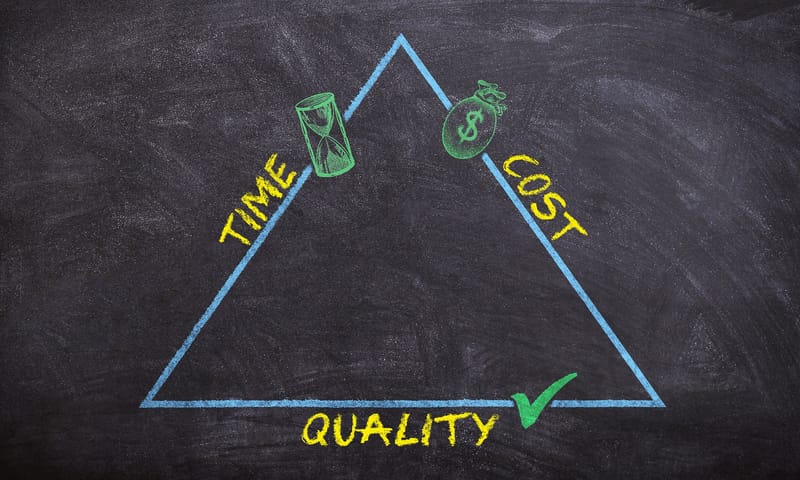
What does “Time” have to do with Organisation?
Time is constantly ticking whilst we are trying to get things done. It factors in everything we do such as day becoming night making it harder to see things and the simple fact that there are only so many hours in the day until the next day begins.
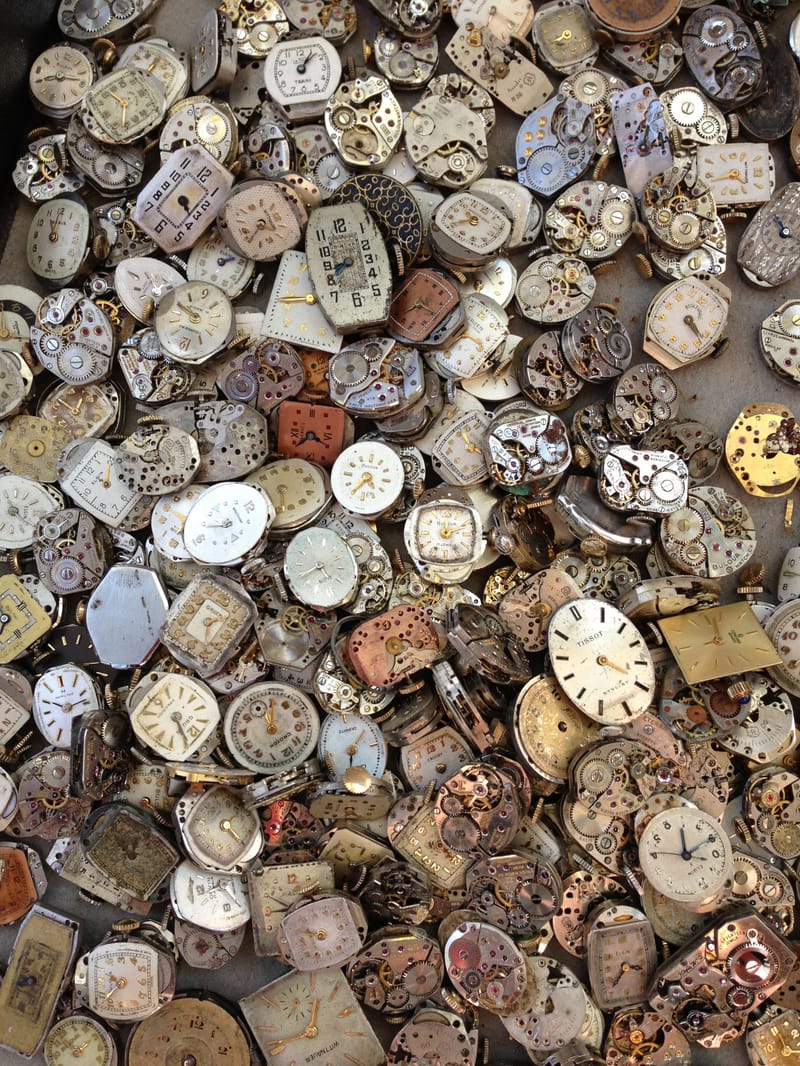
How do I Organise “Time”?
Time is valuable, it is one of the most powerful tools we have to accomplish things in our life. In order to organise your time efficiently you need to: understand What Wastes Time, Be Intentional, Schedule your Time and Make Distractions more Productive.
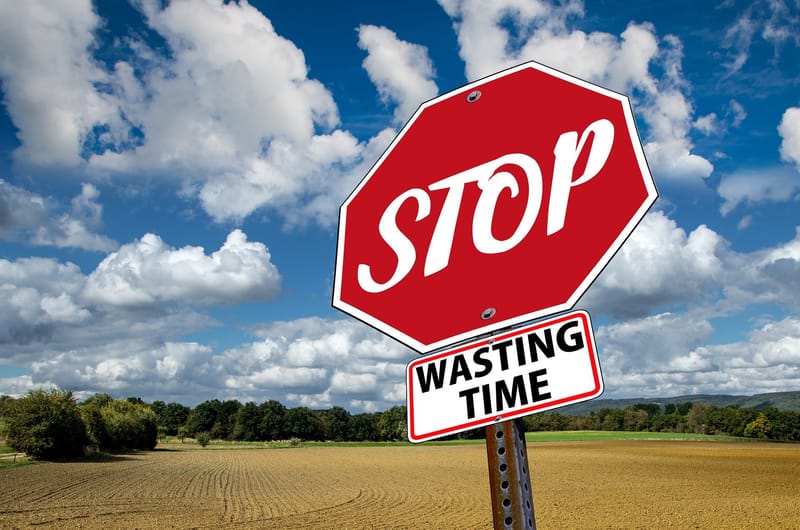
Why is “What Wastes Time” Important?
The first thing you need to do to manage your time is work out what is wasting it. If you know what is wasting your time then you can free up a lot of time very quickly. Down below, you can find typical examples of What Wastes Time, which is usually technology and alternatives you can use instead.
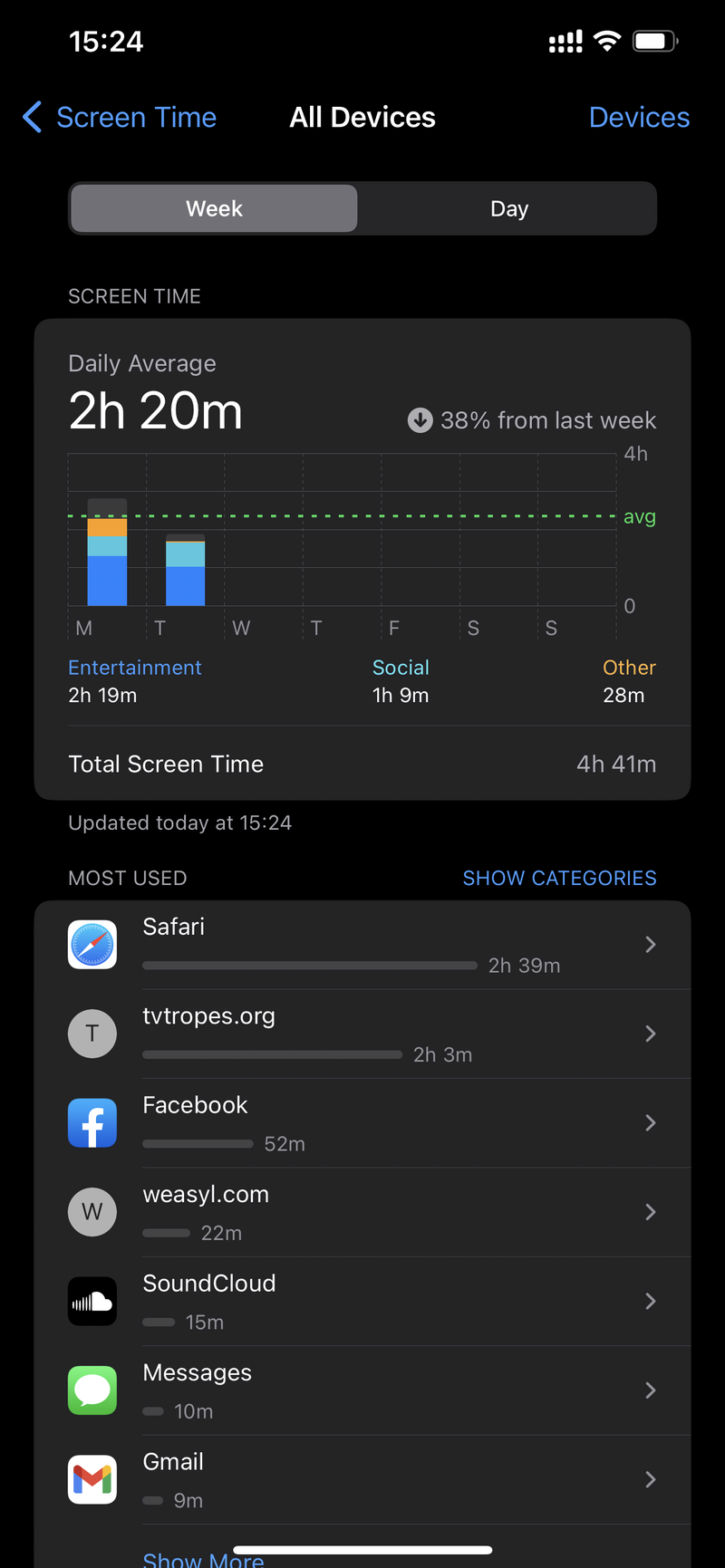
Use Screen Time
Every single tech device we own from smart phones to computers all have a Screen Time function. Screen Time is a way to measure how often we use our devices and what we use them for most such as the internet, social media or games. Now, that we know what we use the most, it’s time to look for better alternatives to these time wasters.
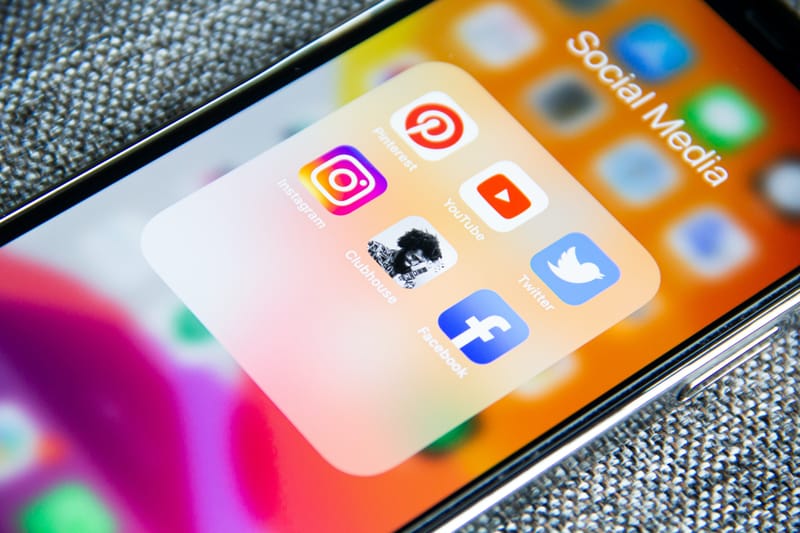
Social Media
It is said that “Social Media is junk food for the Brain.”. This means we lose hours from our day endlessly scrolling through posts, photos and videos. At the end of all that scrolling, what have you accomplished to become a better person? Nothing! We forget how powerful social media is: the deaf can have a voice, distant family members can keep in contact and businesses/charities can reach out to people who can benefit from their services. Use Social Media for WHAT YOU NEED not what you want.

Phones & Tablets
Nearly everyone today has access to a phone and tablets are very cheap to buy, in fact some are even made just for kids. The biggest problem with these devices is that when we are bored, they are easy to access, we can simply pull them out of our pockets or bags and get immediately stuck in checking messages, playing games or even taking selfies.
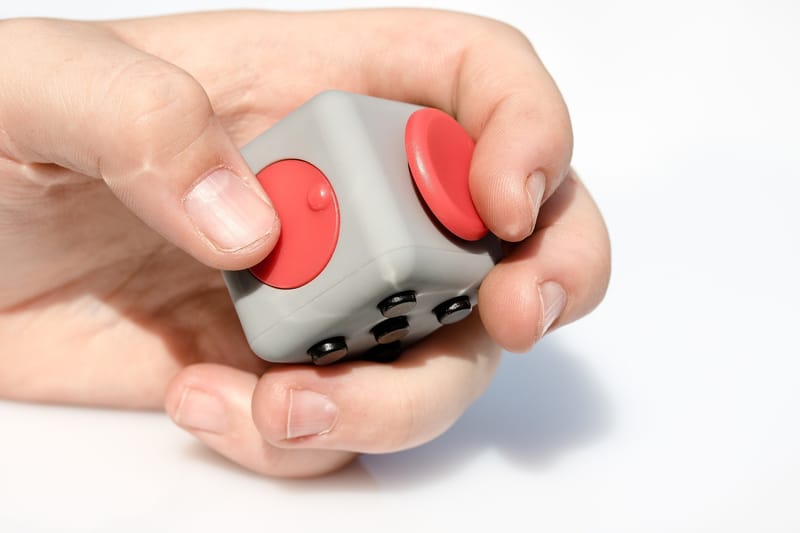
Alternatives to Phones & Tablets
As Boredom is making us use our phones & tablets, finding something else to do away from them is the answer. Try reading a book, getting a fidget cube or focus on what is around you, whatever focuses you. If you want to find out more about Focus using the link below to go to the Procrastination page and look for the Focus section.
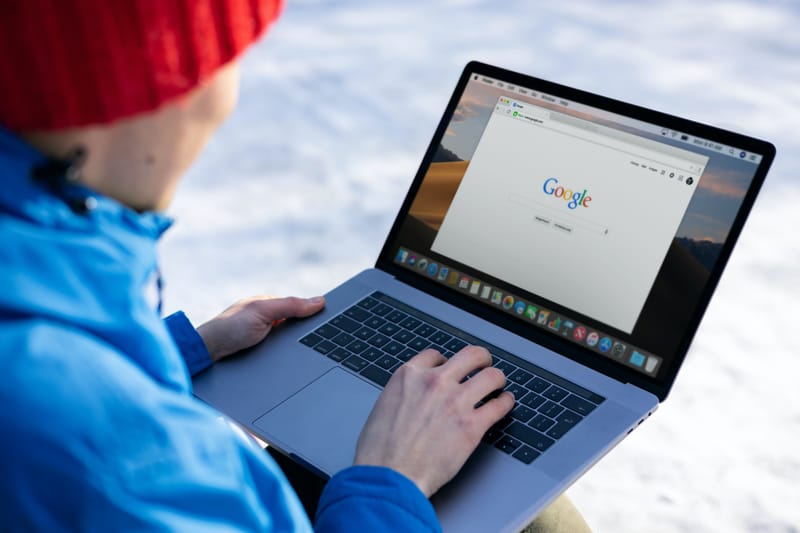
Internet
The Internet is a limitless resource of information that can answer any of our questions instantly. The problem with this instant information is that it makes us lazy, for example: why do basic maths (addition or subtraction) when google can do it for you, why look through books for information when you can use wikipedia, why go out shopping when I can shop online.

Alternatives to the Internet
The Internet makes us lazy, acting as a replacement to our social lives instead of what it really is: a tool. The Internet is a tool made to help us, it’s even wrong sometimes but it can never replace human interaction. Also, college and university students need to show that they can use a variety of information sources such as books, journals, magazines or even microfilm so it will be a a good idea to get into the practice of getting information this way instead of relying on the internet.
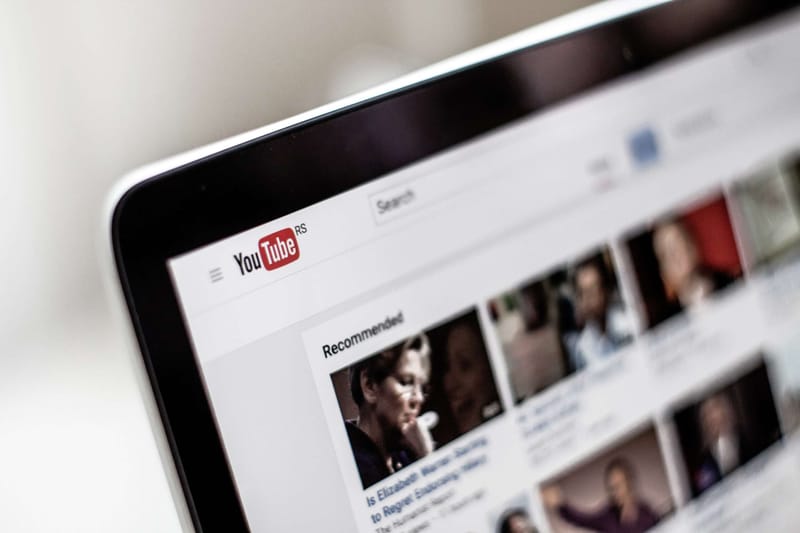
YouTube
YouTube and Video Streaming Services give us limitless short videos to watch. The problem with short videos is that they wreck your attention span stopping you enjoying tv and film as they seem too long compared to watching something shorter as you accomplish watching it quicker. You’ll find yourself squeezing in more short videos over planning to watch a film or tv show.
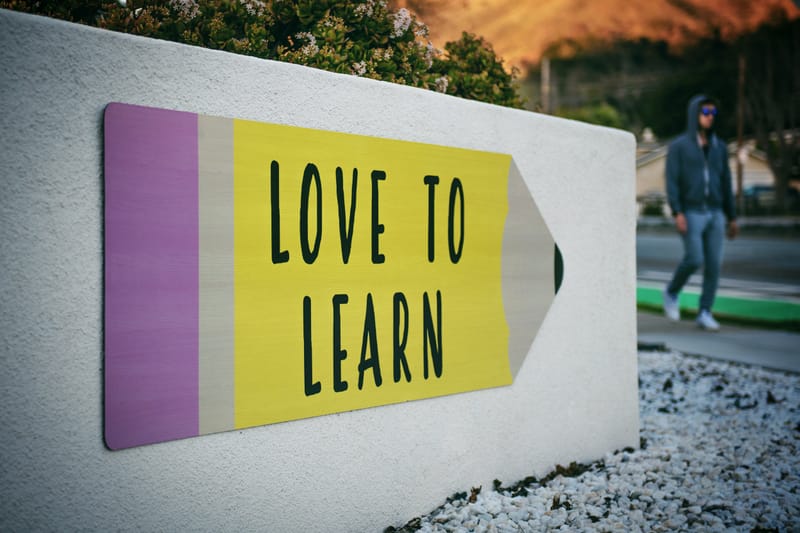
Alternatives to YouTube
If you do find yourself tempted to watch short videos then block access to these services so you can’t be tempted by them any longer. Another way is to watch something that will teach you skills such as “Matt D’Avella” videos. Matt D’Avella makes videos that show you how to be more productive with your time and life. If you feel your are addicted to YouTube or short videos then check out the Addiction Strategies page by using the link below and look for the Electronic Addictions section.
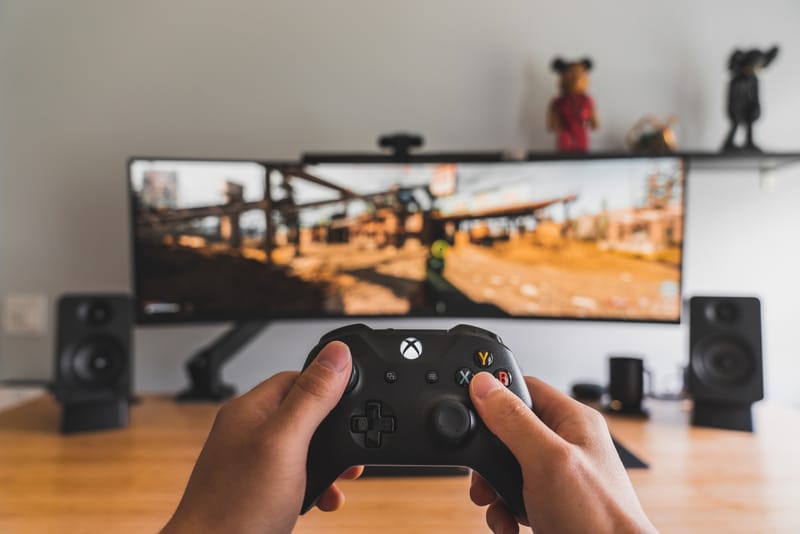
Video Games
Video Games are really fun to play most of the time but if you don’t check the time you spend playing or even refuse to stop playing when asked by someone, then this might not be good use of your time. There are especially 2 types of video game that will waste your time and should be avoided, these are described below.
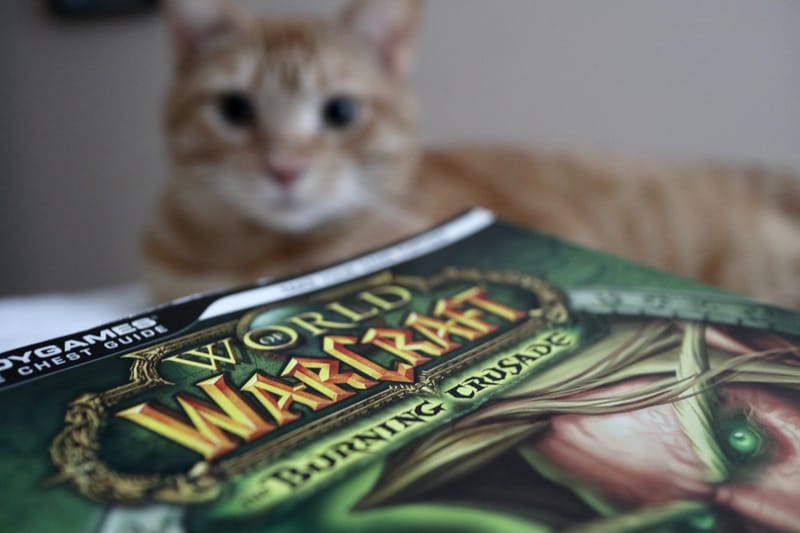
The 2 types of Video Game to Avoid
The 2 worst types of video game that will waste your time are ONLINE games and OPEN WORLD games. Online games are played in real time against real people so you can’t pause the game for a break without quitting the game which most people won’t do. Open World games are big and vast keeping you exploring more of this world not realising how much time has passed and the lack of any real life reward. If you can’t keep track of the time spent playing video games then avoid these 2 types at games at all costs.
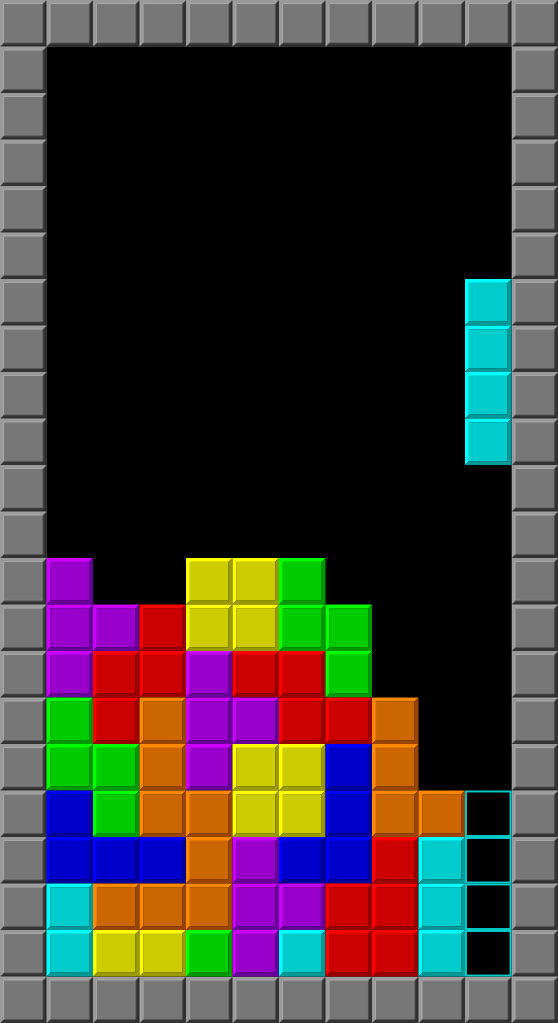
Alternatives to Video Games
Other than avoiding the 2 worst types of video games, you maybe better playing puzzle games such as Tetris or Solitaire which are not only fun but also good for your mind as they promote problem solving and decision making skills, most of all they don’t take too long to play and easy to jump straight into. Another alternative to video games is to find another hobby away from your console such as reading, art or sports (just to name a few).
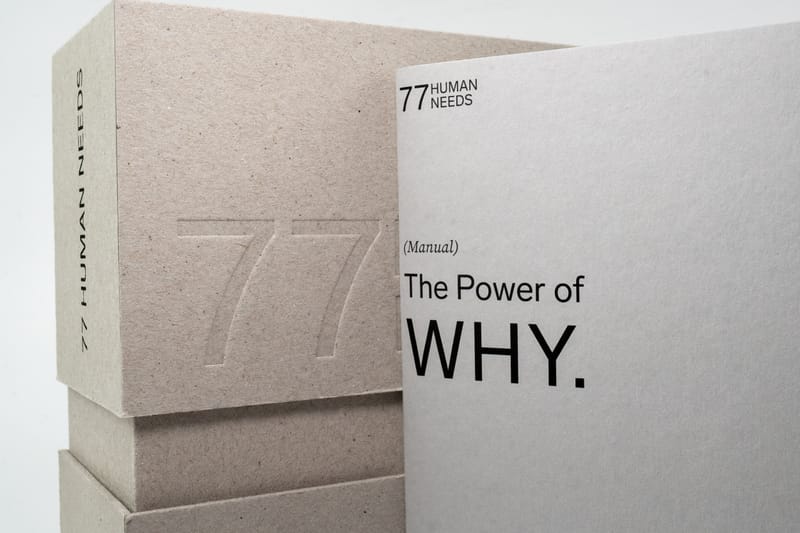
How do you “Be Intentional”?
To “Be Intentional” means that you have to approach a task knowing why you are going to do it. If you don’t know why you are doing the task, then what is the point of doing it. This is how time is wasted. Down below a some things to consider when trying to “Be Intentional”.
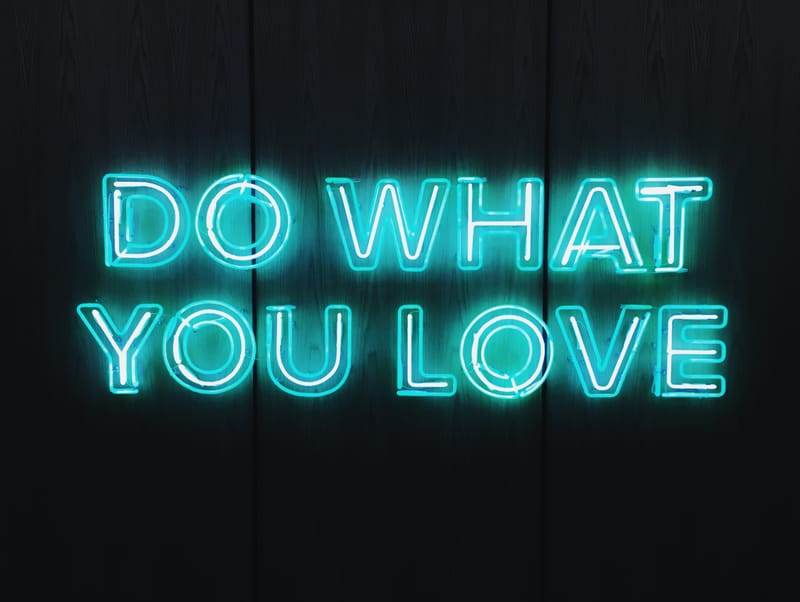
What is motivating you to do it?
It is important to have the right motivation to do a task. You should be motivated to do something because you believe that it should be done, you feel passionate about doing it or because it is the right thing to do. These are great motivators for doing a task but you must also be careful of the bad motivators to do a task.
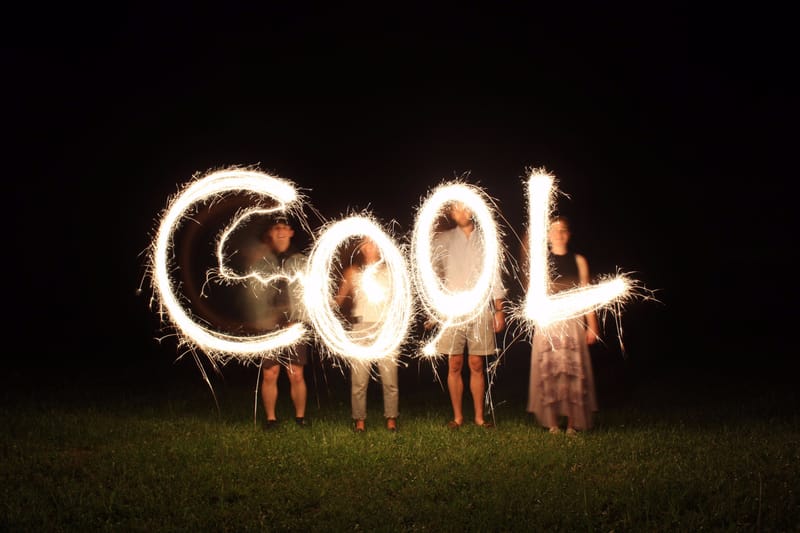
The worst motivators
The worst motivators for doing a task is because you think it’s cool or you feel desperate to get it done. If you do something because you think it’s cool, then people will think you are being arrogant and you will be overwhelmed by what is really needed to actually get it done. If you are desperate to get a task done, then you will rush the task doing it poorly and make bad decisions you will quickly regret.
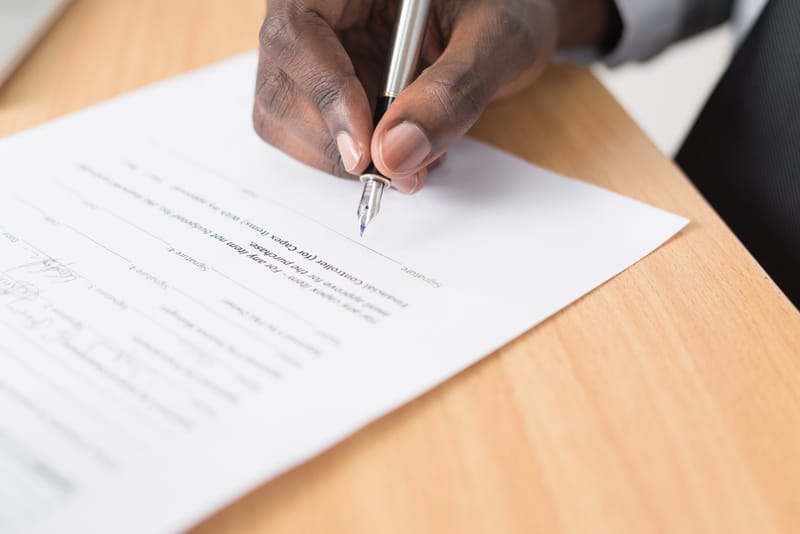
Do you want to do it?
You should want to do the task as if you want to do it, you will put in more effort to do it right. If you are forced or are forcing yourself to do a task, then you will not do it at your best because you keep telling yourself that you don’t want to do it. If you don’t want to do it, then don’t do it unless there is something you can get from it.
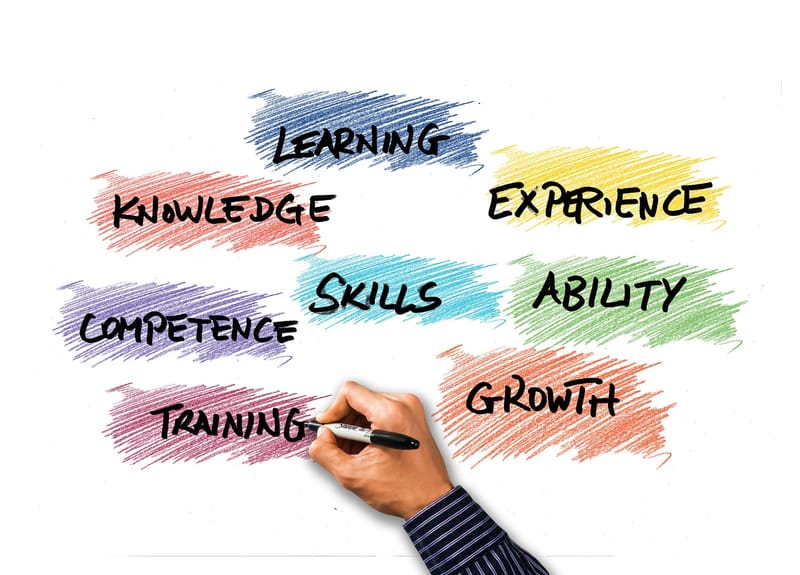
Are you capable of doing it?
Being capable of doing a task means: do you have the skills to do it, how confident are you in your skills? Think about what is expected of you (ask someone if you don’t know), are the expectations high or low? If you don’t know what these expectations mean, they are explained below.
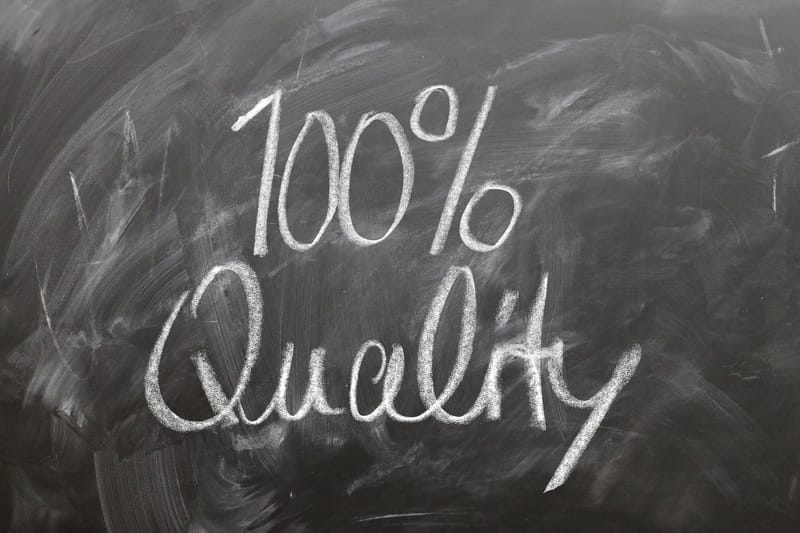
High Expectations
High Expectations from a task means that it needs to be done to perfection, there may be huge consequences if it is not done right. If you are not confident in the skills you have to do this task to the high expectations, then don’t do it. There is no shame in saying no to a task with these expectations as it is better to focus on what you can do, not what you can’t.
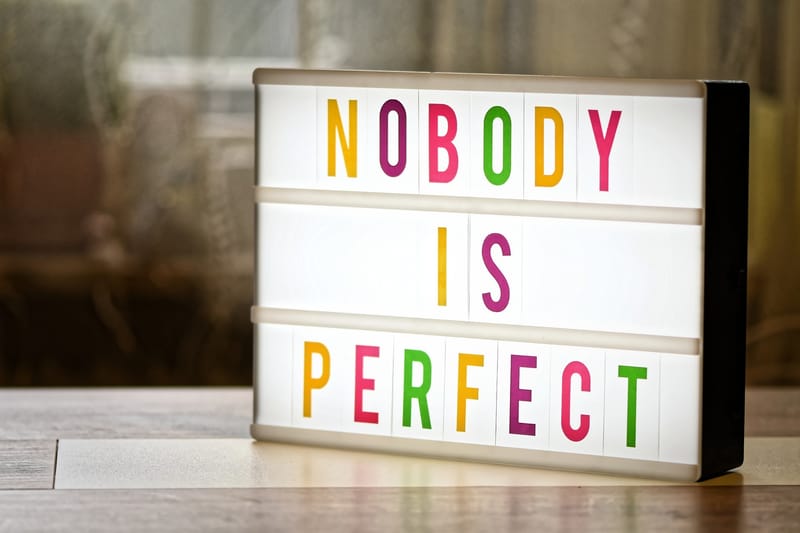
Low Expectations
Low Expectations from a task means that there is room for you to make mistakes, especially if you have never done the task before. If you can afford to make mistakes then this is a good opportunity for you to learn a new skill or build the confidence in doing one you felt you were not good at in the past. Sometimes, the only way to learn things is through trial and error- making mistakes to make progress.
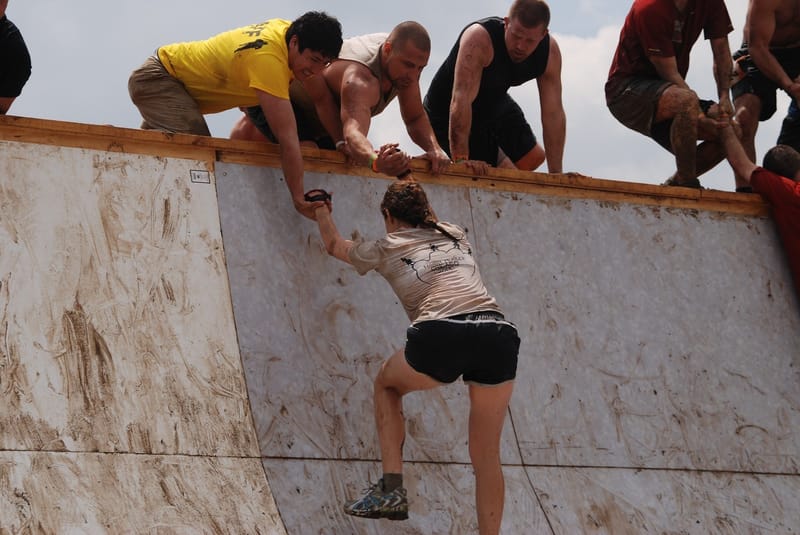
Does it help somebody?
Has someone asked for your help? If they have, then make sure it’s someone you know or trust. If you don’t know or trust them then don’t waste your time with them. If someone is asking for your help, they are asking because you have skills they don’t have, they lack the mobility to get around (can’t reach, walk or have access to a car) or they want to learn how to do something. These are good reasons to know that you are doing definitely helps somebody.
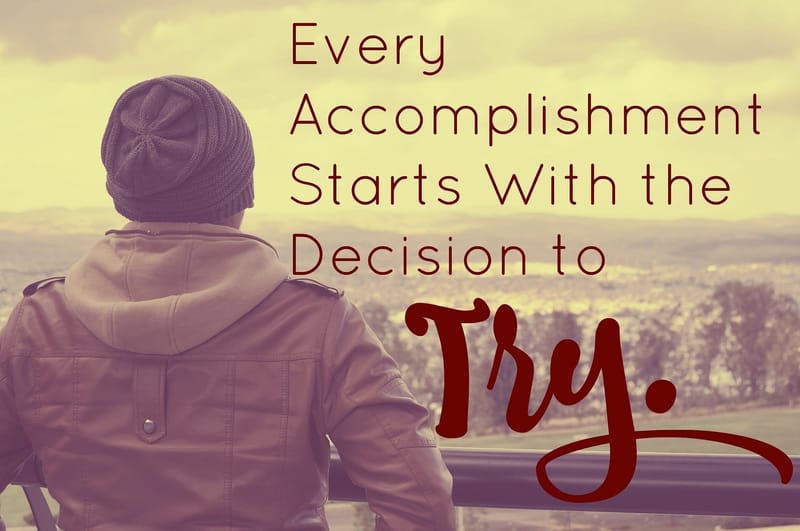
What do you get out of it?
If you are going to be intentional with your time, then you need to make sure you get something out of what you do. This could be the satisfaction of helping somebody, the achievement in doing the task or you may even get paid for it. There should be value in what you get out of a task. If you want to learn more about how to find a value from a task them use the link below to visit the Procrastination page and look for the Value Section.
Link Here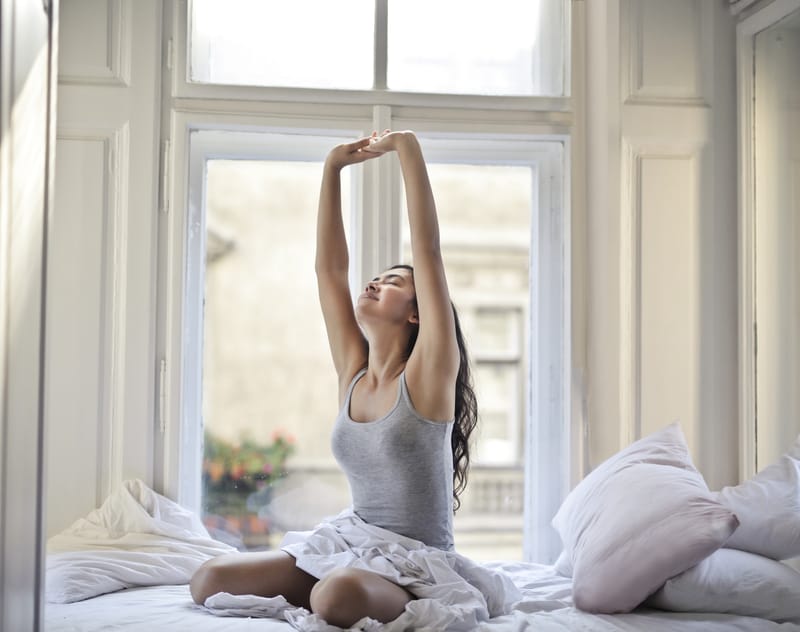
Starting and Ending your Day
The thing you can do to schedule your time is choose when you start and end your day. By this I mean you should wake up and go to sleep at the same time each day, for example I wake up at 7am and go to bed at 11pm everyday Monday to Friday, my work days. By doing this, I have more time in the day to get things done and enough time for sleep. I use the weekend to catch up on sleep as weekends are my off days. Remember, rise early on work days, sleep more on off days.
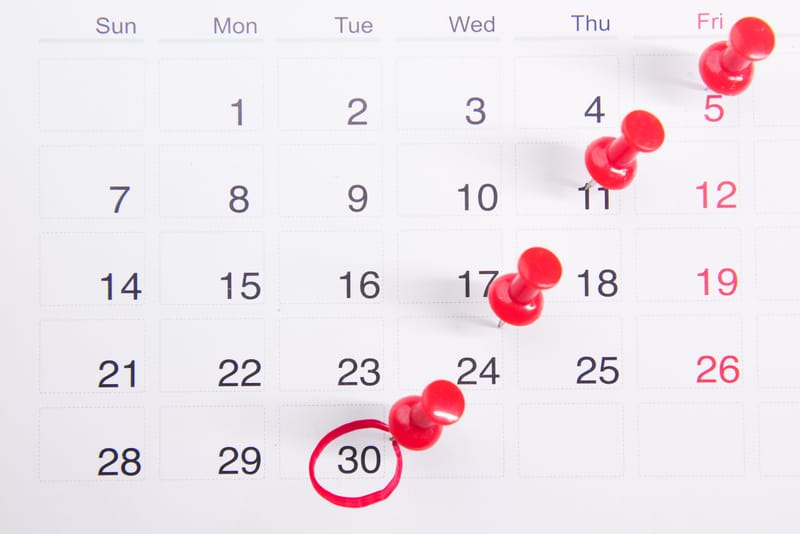
Use a Calendar
It can be very easy for you to lose track of your time, this is where calendars can help. Calendars help you keep track of the events in your life over the days or months to come arranged in a visual layout. Although phones have a calendar function, it is better to use a “physical” calendar as they are easier to look at and you don’t need to navigate apps, windows or menus to make use of them. Sometimes simple is best, as simple decreases the resistance to getting things done.

Do one task at at a time
When we have a lot of tasks to do, you may try to do it all at once. Working this way will split your focus between tasks leading to you getting frustrated at the loss of focus and poorly done tasks whilst also leaving you confused at which tasks you have and haven’t done. It is best then, to choose one task to focus on doing and making sure it is done before moving on to the next one. The task will now be done, be done well and you won’t have to worry about it anymore.
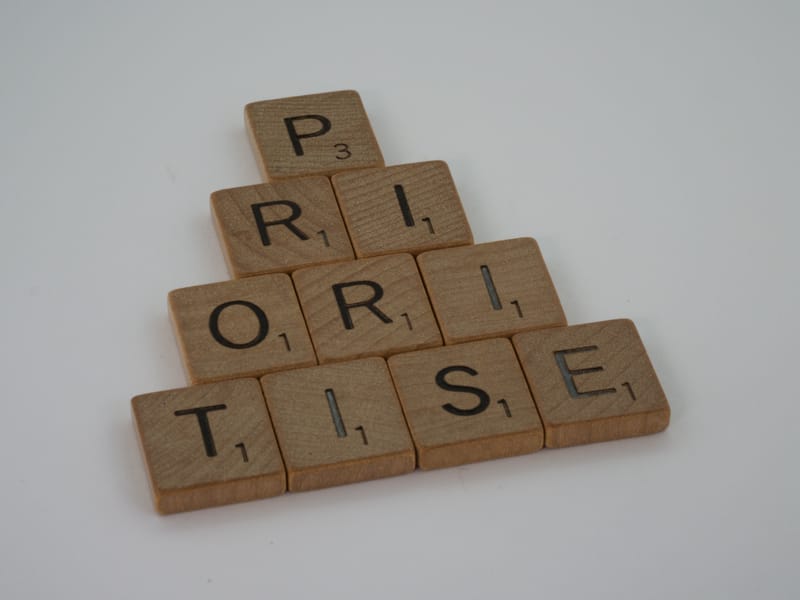
Prioritise
When we are faced with multiple tasks to do, we should consider which is the most important one to do first or prioritise. To prioritise, consider if a task has a set specific deadline or set date for when it needs to be done, if so then this should be done first. The other tasks should then be ordered based on how important they are to you and whether they will help other people.
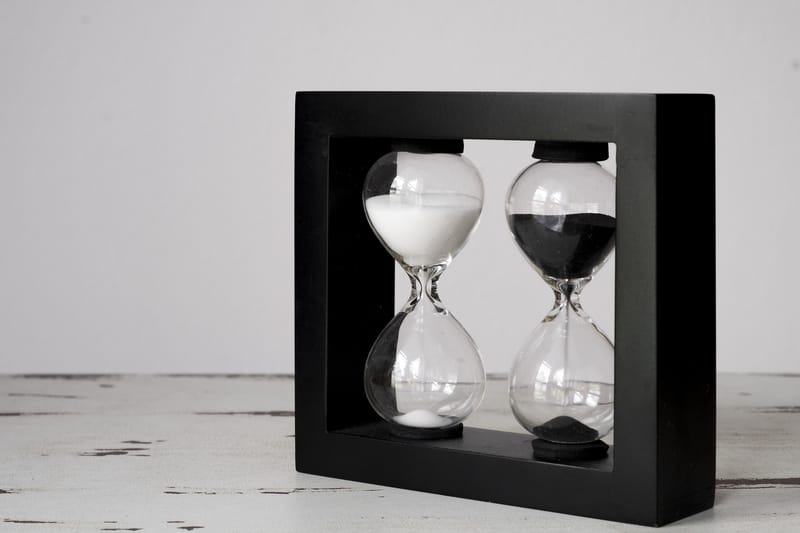
Extra Time for Extra Time
Many people will tell you to give yourself enough time to get tasks done or to arrive somewhere on time but most people, especially autistic people tend to underestimate the time they need to do these things. This means if you think you need 5 minutes to get a task done give yourself 10 minutes, if you need 10 minutes give yourself 15 or 20 minutes. Extra Time for Extra Time gives you more room for error especially if the error comes from something beyond your control.
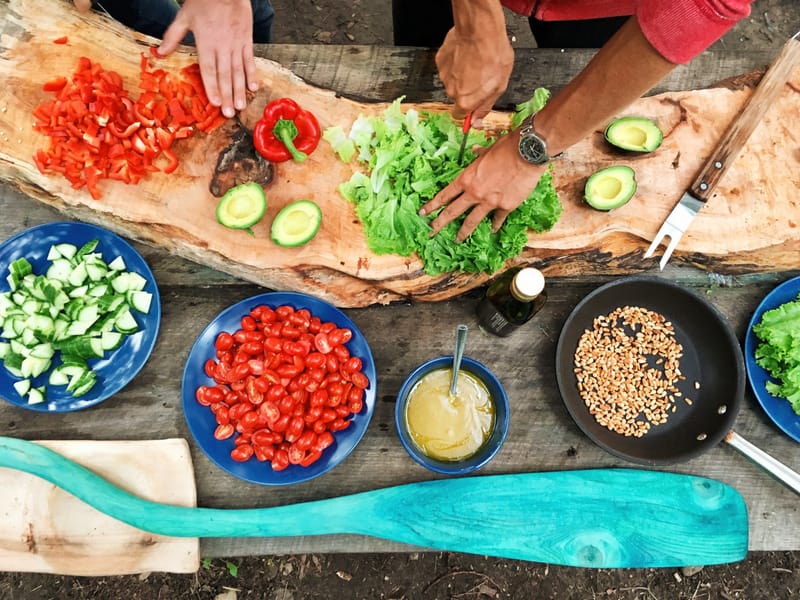
Prepare in Advance
If you have free time on your hands then use it wisely, you can Prepare in Advance for future tasks or problems. For example, you can prepare food in advance by cooking a huge pan of food, putting it in containers then either refrigerate or freeze it for a later date saving you from having to worry about what you will have for lunch or tea. Another example is that you can make space around your home or desk for new things to go there or make creative use of the space.
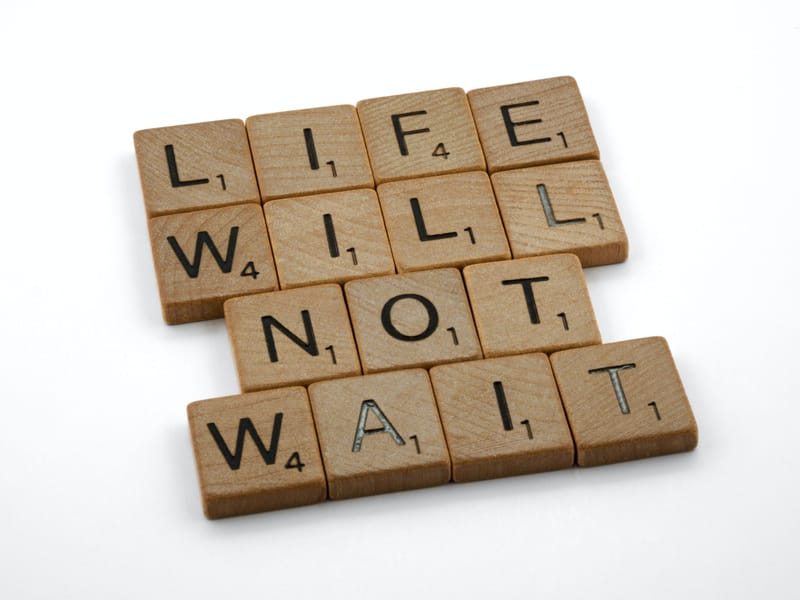
Start Today not Tomorrow
Don’t wait for today to become tomorrow to get things done when there is plenty of time to do it today. We spend more time making excuses for not doing things than using the time to actually do things, so stop making these excuses and look at what you can get done today.
Mind

What does My “Mind” have to do with Organisation?
Organisation is important in order to keep our minds clear. Our minds process so much information on a daily basis, some it being irrelevant to us. If we are disorganised, then our minds are left to carry all that information with nowhere for it to, leaving us unable to figure out how to process it so we can move forward with our lives. By organising our minds, we can free them up in order to focus on what is important in our lives.
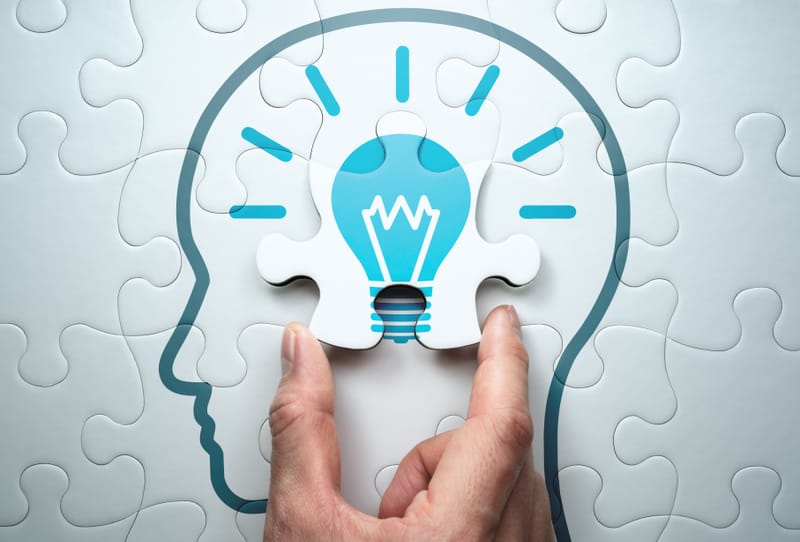
How do I Organise My “Mind”?
Organising Your “Mind” is all about finding ways to visualise what goes on inside it and knowing when to rest it. In order to Organise Your Mind efficiently you need to: Do a Mind Dump, Set a Reasonable Amount to do and Reflect on Your Day.
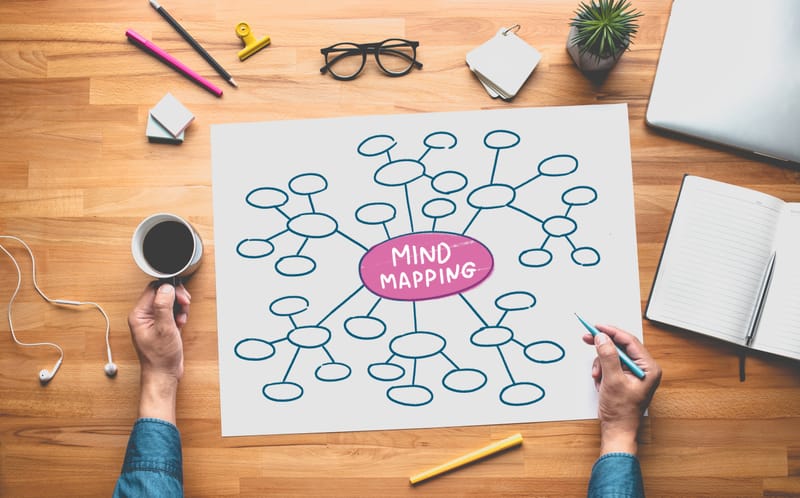
How do I “Do a Mind Dump”?
Doing a Mind Dump is where you take everything that is in your mind and write it down on something so you can see it all visually. The best way to Mind Dump is by making a Mind Map. Below, you can find a step by step guide to help you do this.
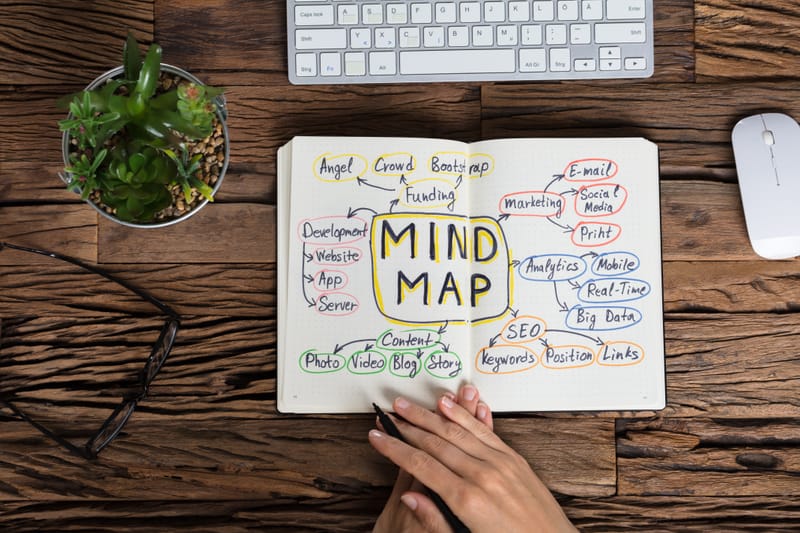
Paper or Digital
A lot of the time, Mind Maps can be done on paper but if you would rather do it digitally (on a computer, tablet or phone), then Aspie Heroes recommends using Miro a software available online for computers and as an app for Apple/Android Devices.
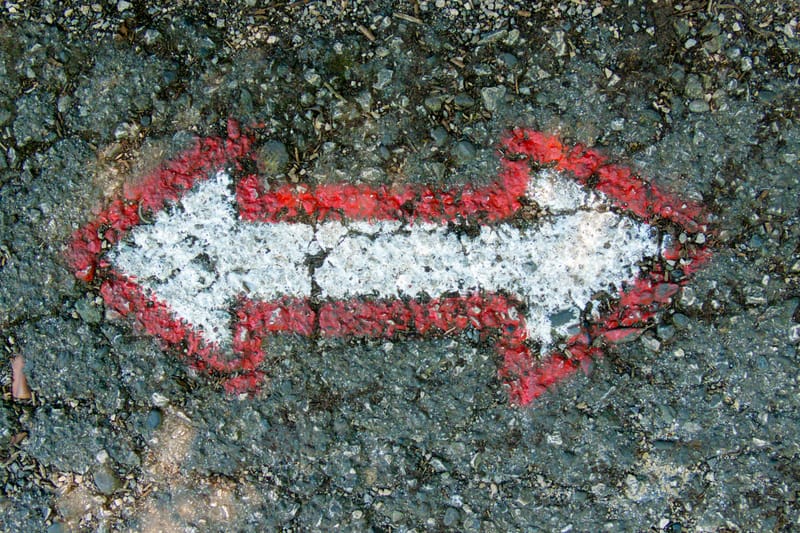
The 2 sides of your life
There are 2 sides to everyone’s life. Our Mind Maps should work around these 2 sides. The first side is your personal life- what affects you personally and what you do privately. The second side is your social life- your work (paid or voluntary) and what you do with other people. These 2 sides should be kept separate both on the map and in life, also they require different thinking which is why we are acknowledging them first.
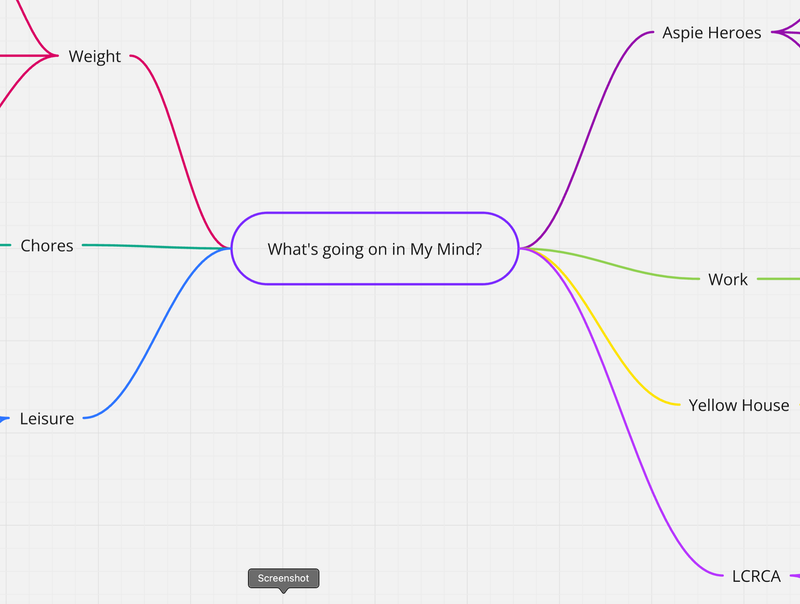
Write down everything that makes up your life
Your life is split in to 2 parts. Part 1 is your Personal Life- what affects your personally and what you do privately. My Personal Life is made up of My Weight, My Chores and My Leisure time which I have put on the left. Part 2 is your Social Life- what you do for work and what you do with others. My Social Life is made up of Aspie Heroes, Work, Yellow House and LCRCA which I have put on the right. From here, we can see how much we ACTUALLY have to think about in our lives and consider their importance.
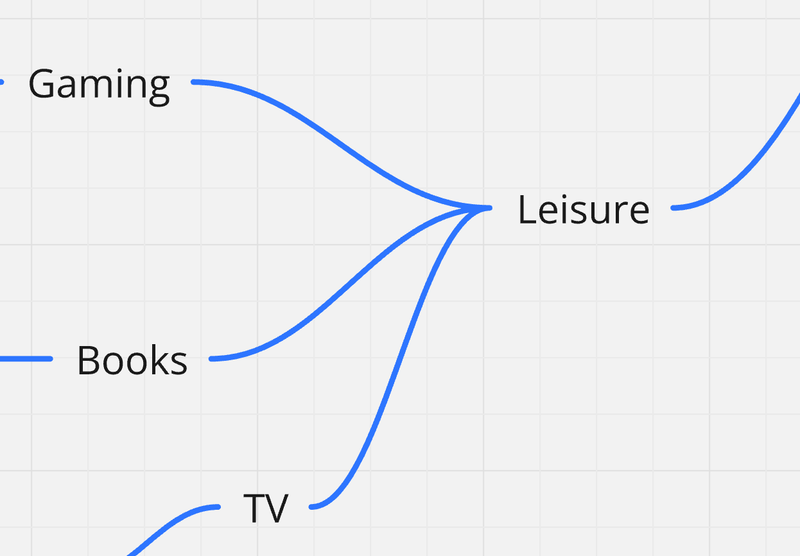
Break them down further (if needed)
Some of the things in our life can be broke down further as multiple things might make up what we do for a particular part of our life. For example, in My Personal Life, Leisure consists of three specific things I actually do for leisure which are Gaming, Books and TV. Breaking these things down allows us to see what makes up these things in our lives and also allows us to consider whether we are doing too much and need to simplify things.
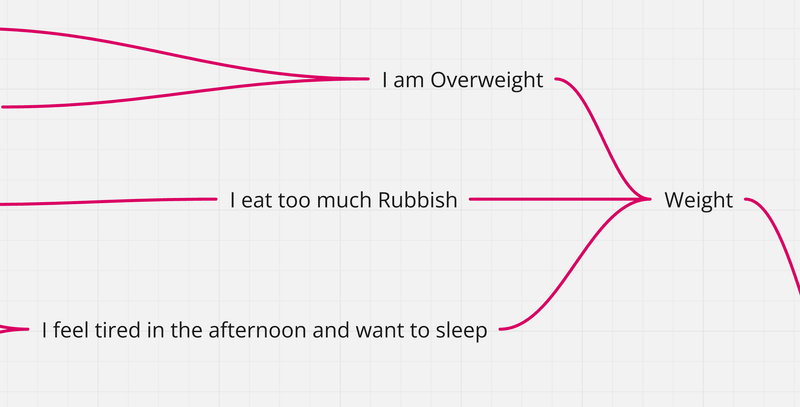
Write down the issues affecting those parts of your life
Now we know the things that make up our lives, it’s time to look at the issues affecting them. For example, the issues affecting My Weight are I am Overweight, I eat too much Rubbish and I feel tired in the afternoon. With these written down, we now have a visual guide to our minds making our thoughts easier to think about and how we can come up with solutions to our issues.
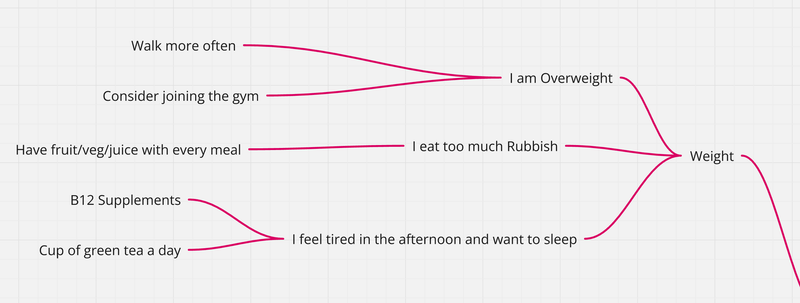
Come up with Solutions to these problems
With each individual problem laid out in front of us, we can now come up with solutions for them. For example, the issue of me feeling tired and wanting to sleep in the afternoon can be solved by drinking green tea and taking b12 supplements daily. If you can’t come up with a solution, don’t be afraid to ask someone else for help. Remember, the best solutions are the ones where you make small changes to your life because those are easier to stick to and can lead to big changes in your life.
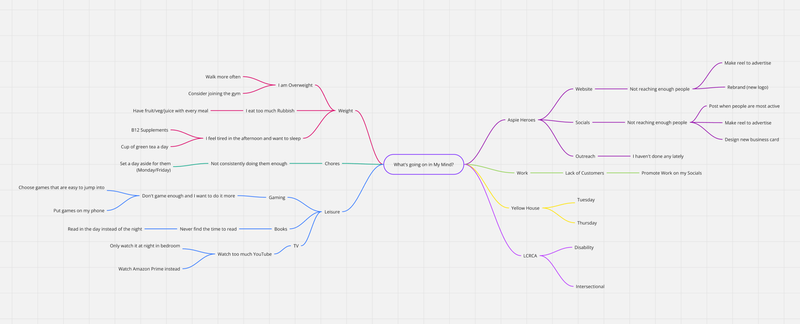
Update the Mind Map Regularly
Your Mind Map will always be the visual guide to your mind and the things in life that it thinks about but the thing about life is many things come and go in it so we need to updating our mind maps regularly: if there is a new part of your life WRITE IT DOWN, if there is a new issue with a current part of your life WRITE IT DOWN, if there is a new solution for an issue in your life then WRITE IT DOWN. Keeping on top of our mind like this will prevent it becoming disorganised again.
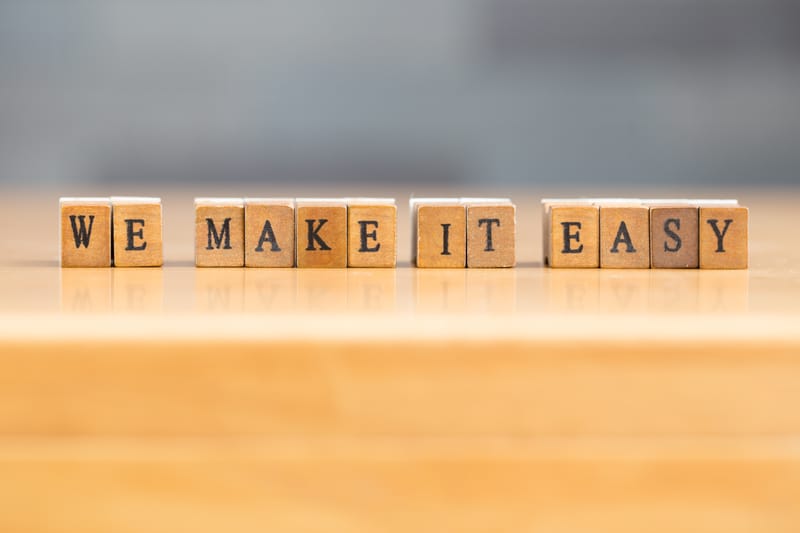
How do I “Set a Reasonable Amount to do”?
To “Set a Reasonable Amount to do” is all about understanding your limits and your way of working. The idea of this, is to start your workload small to keep it manageable, preventing you from burning yourself out from stress and making sure you actually complete the tasks of your workload. Below, you can find a step by step process to help you “Set a Reasonable Amount to do”.
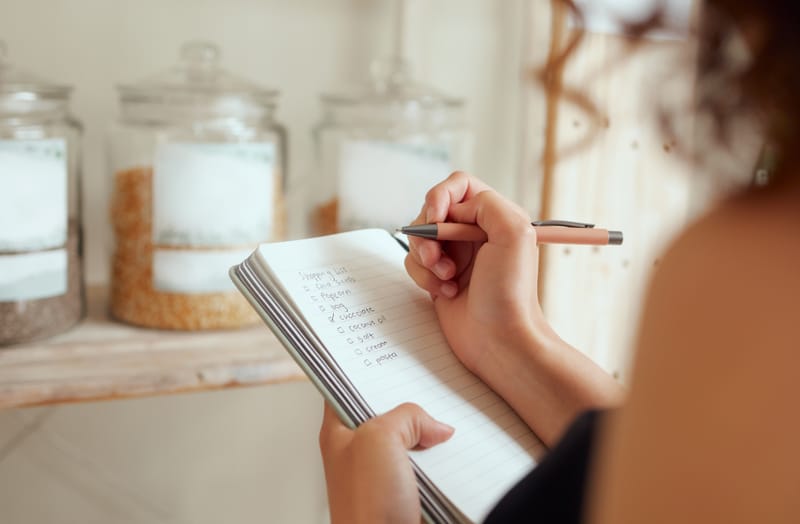
Write a list of everything you need to do
Firstly, write down everything you need to do regardless of how big or small it is, even if it doesn’t seem very important. Remember, you want this list to have everything on it so you can visualise what you need to do as autistic people are visual learners.
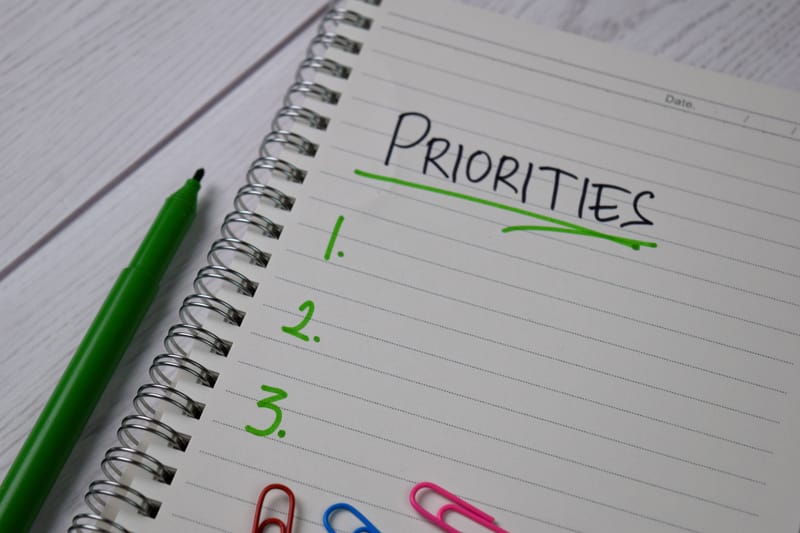
Choose which tasks to work on
Next, choose 3 tasks to work on- no more, no less. When choosing tasks to work on, consider WHERE they need to be completed such as what can you do in a particular room or when you go out from your house/work building. Another way to do it, is to consider WHAT you need to do the task such as a computer, a ladder, tools etc. This will make it easier to get things done.
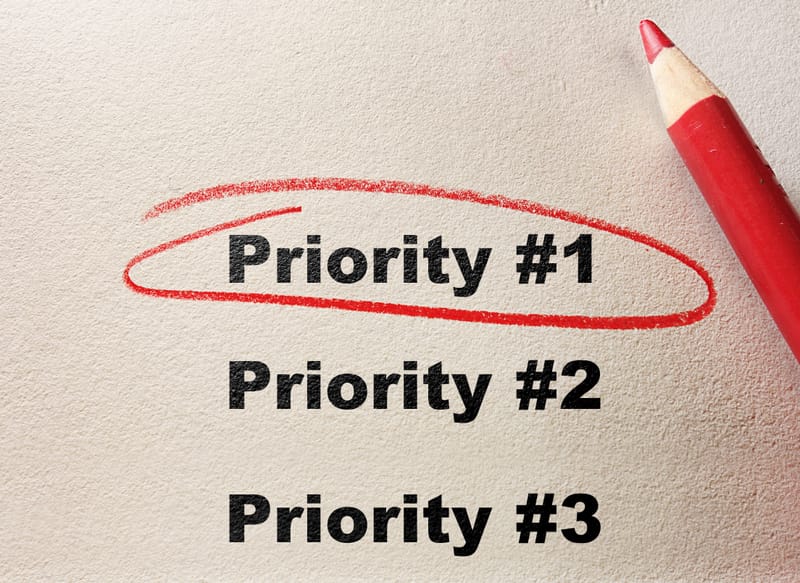
Focus on these tasks alone
Doing more than 3 tasks will overwhelm you meaning you won’t get them done and procrastinate (put the tasks off), less is more. Right now, nothing else should matter except for the 3 tasks you have selected to do, don’t think about anything else you want to get down or think about anything that has nothing to do with the tasks at hand. Do the tasks one at a time until each one is done, also not the time you started working on them.
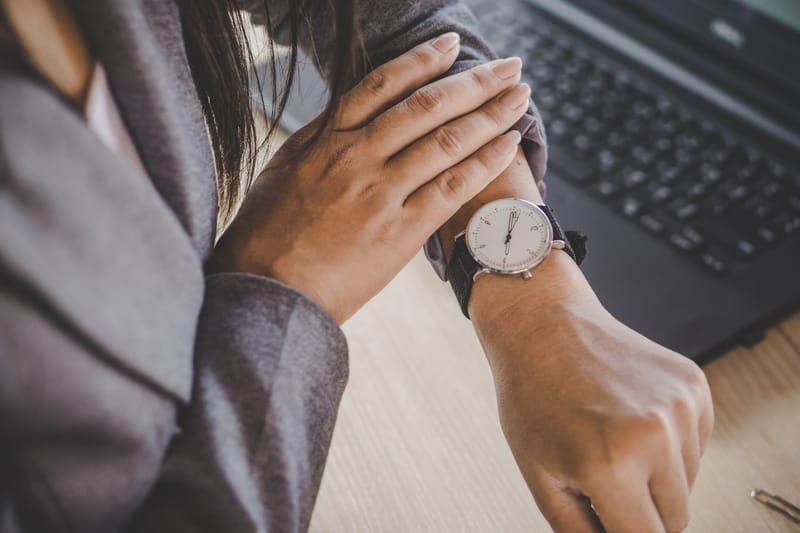
See how long it takes you to complete them
After you have completed the 3 tasks, check the time to see how long it took you to do the tasks. If only took a short time, then you should try to do more tasks, but remember to choose 3 tasks to do at a time, don’t get overconfident with your ability to do tasks, stay consistent. If it took you a long time and getting late, then you should call it a day.
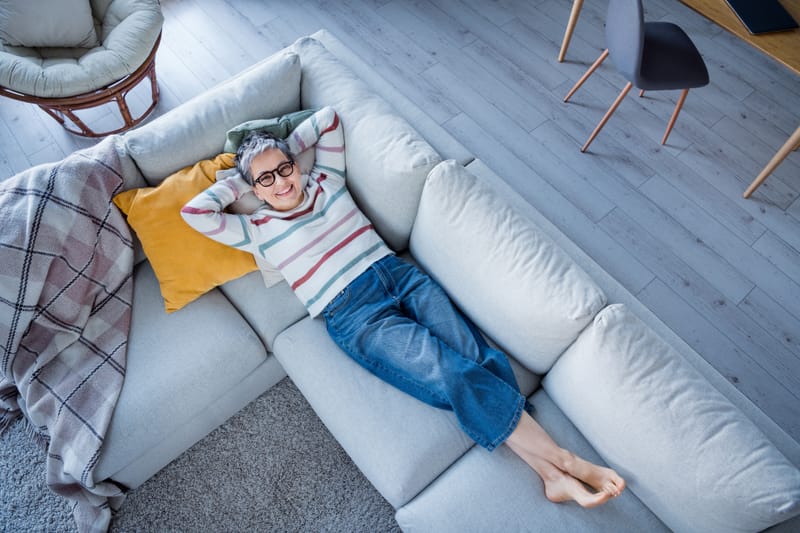
Don’t forget to Take Care of Yourself
Although it’s a great feeling to get tasks done, you need to make sure you have a break so you don’t burn out. This could be a quick 10 minute break, stopping for the evening/night or taking a day off from doing work so you can recover. If you don’t, this can lead to anxiety and depression which can paralyse you with fear of doing the things you need to do so take time out for yourself.
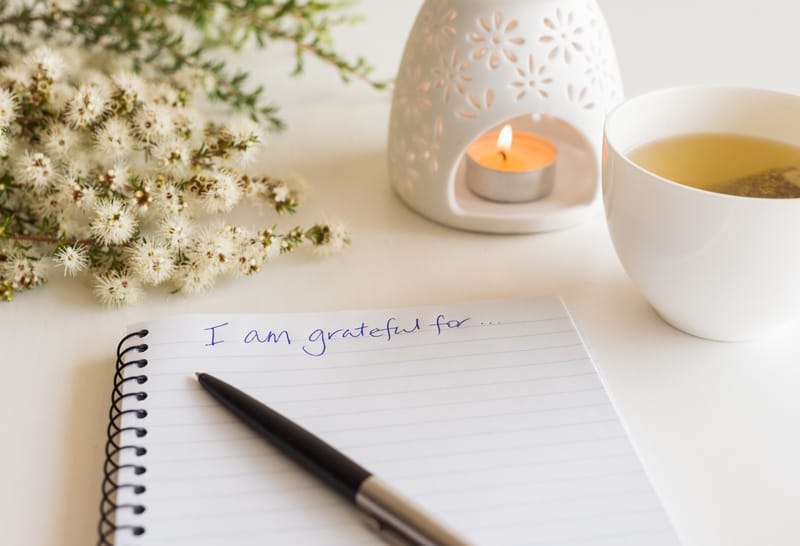
How do you “Reflect on your Day”?
One of the best ways to Reflect on your Day is through the use of Journalling. Journalling involves writing down the thoughts about your day- what happened and how you feel about it. This does not have to be complicated as we at Aspie Heroes will show you a simple step by step method to it, down below.
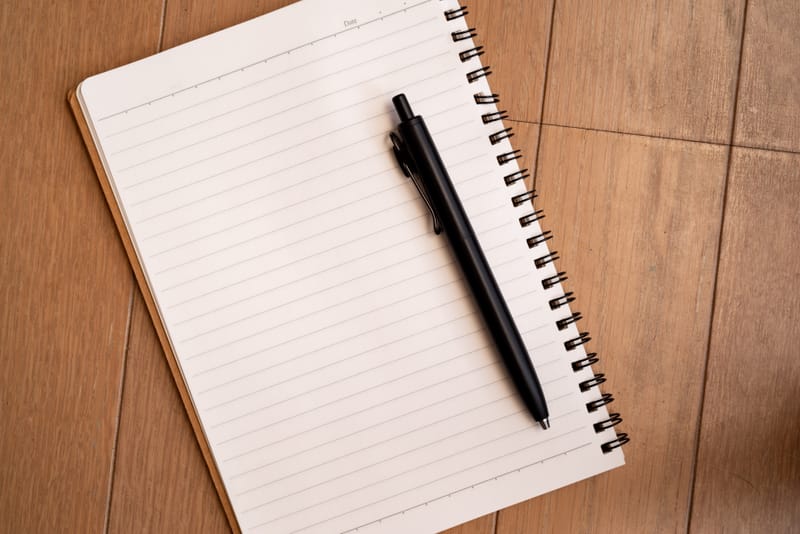
What can you use to Journal?
You can either Journal on paper or digitally. If you want to do it on paper, then you can either use a regular note book or pad of paper. If you want your Journal to look more professional then you can buy a blank journal or diary which will have dates and a layout made just for Journalling. If you want to do it digitally, you can use presentation software with each slide being an entry, you can use a note taking app or you can use journalling apps- there are loads available. We at Aspie Heroes will be using the Journal app made by Apple for the iPhone.
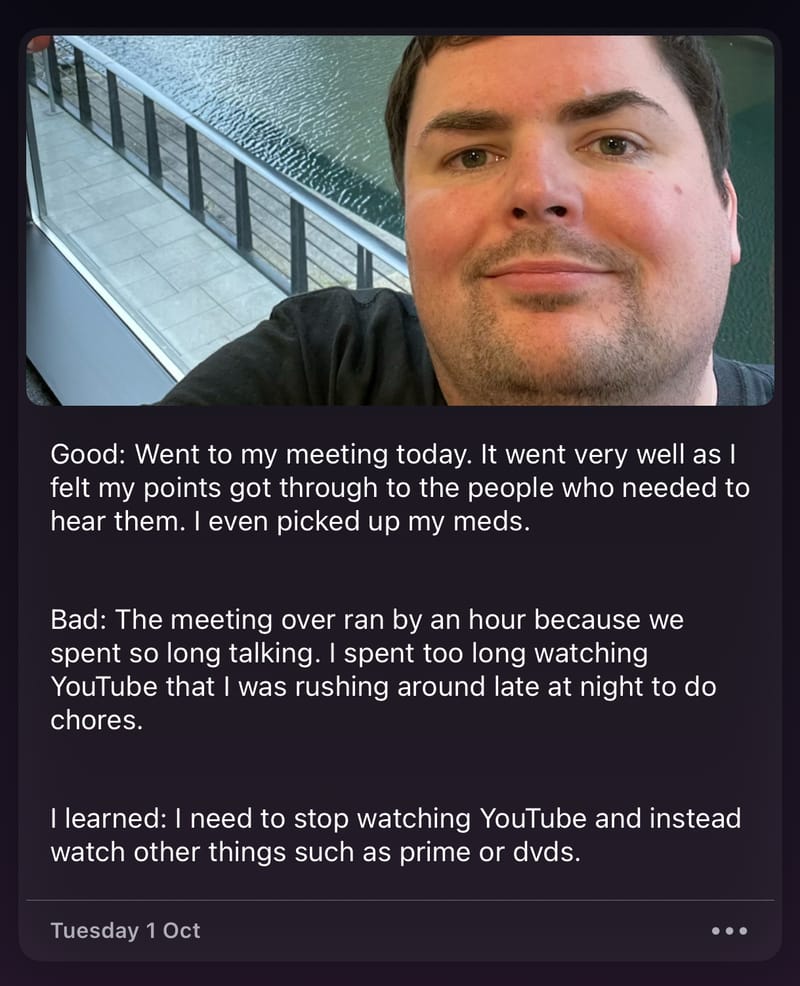
The Aspie Heroes Journalling Method
The Aspie Heroes Journalling Method involves 4 simple steps to use for each entry you make. The 4 steps are as follows: Good, Bad, I learned and Visuals. Before you start, you should write the date for the entry you want to make. Ideally, you should try to make a journal entry each day but don’t feel forced to do so if it is too much for you, instead just do it as often as you can and don’t worry about missing days as this happens to everyone in life.

Good
The first thing to write about is what was Good about your day- What went well today? What did you do with your today? Did you accomplish anything today? These questions should help you consider what to write for a Good entry but they really should be doing is motivating you to look for the positive things in your life as positivity will build your confidence and self-esteem but it has to be looked for as it doesn’t come naturally. The more you look for positivity the better your life will be.

Bad
The second thing to write about is what was Bad about your day- What didn’t go well today? Has something bad happened to you today or even to someone else you know or someone you admire (that you don’t know personally)? Is there something you have been thinking about making you feel bad? These questions should help you consider what to write for your Bad entry but they really should be reminding you that it is okay not to be okay and that everyone has problems in their lives because no one is perfect no matter how much they try to make it look that way.

I learned
The last thing to write about is what “I learned” today, something that can help you in your life- Is there something you can change in your life, such as something from a Bad entry in your Journal, to make it better? Do you recognised any patterns such as similar issues in previous Good or Bad Journal entries that help or hinder you? Have you heard something, like a quote, that inspires you from someone you know or someone well known? These questions should help you consider what “I learned” which should inspire you to always self-improve as life is a constant learning process.
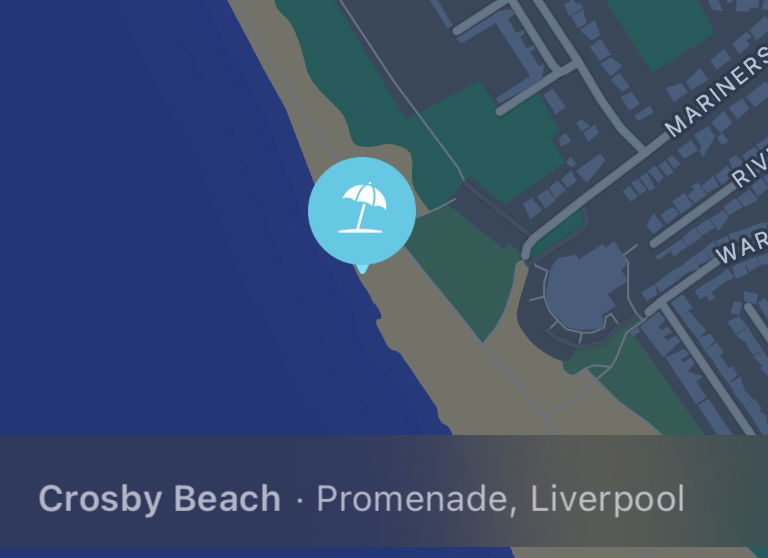
Visuals
As Autistic people, we are visual learners meaning it helps us to use some sort of visual cue to help us better connect with our Journal Entries. If you are journalling on paper then you can either draw pictures if you like drawing or if you don’t want to draw then you can use highlighter pens to colour code the Good, Bad and I learned parts of your Journal Entries. If you are journalling digitally, then you can use picture you have taken on your phone/tablet/computer or put a map location on where you have been on a particular day. Visuals will help your Journal Entries to stand out more.
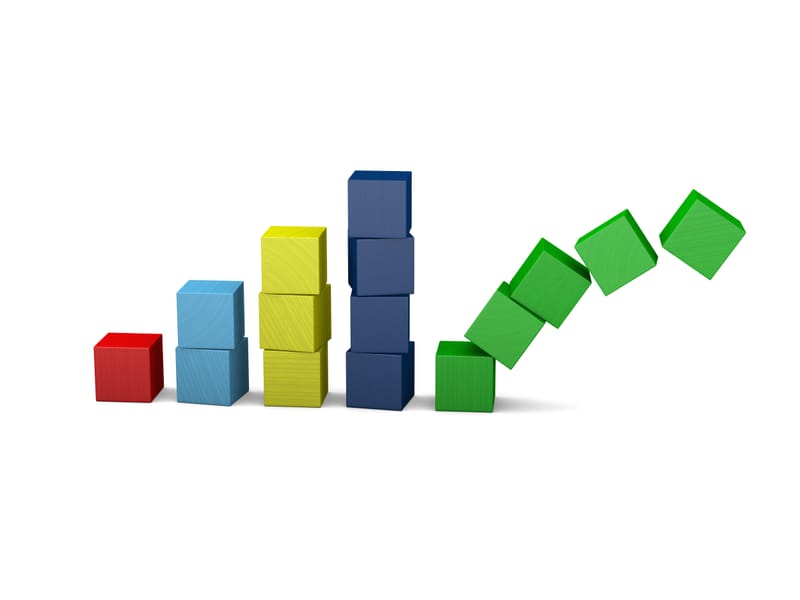
Better to do a Few Things Well than Many Things Poorly
If you try to accomplish everything in a day, you run the risk of you burning yourself from being under too much stress. This will cause your mind to go blank, forgetting what you need to do and how to do it. It’s better to accomplish a few things over each day than try to do it at once because smaller changes to your daily life are easier to keep to than massive life changes. Treat life as a marathon not a sprint- focus on getting to the end, not how fast you do it.
Disclaimer
GENERAL
All photos on DISORGANISATION page are taken from Pixabay OR Unsplash except for the ones stated below:
STORAGE
All of the pictures in the 'Simple Storage ideas' section below 'Boxes' belong to me. All of the pictures in the 'Intermediate Storage ideas' section from "Desk Shelves" to the bottom of this section all belong to me. The "Shelves" and 'Ottoman Bed' pictures in the 'Advanced Storage ideas' section also belong to me.
TIME
The picture used for ‘Use Screen Time’ section belongs to me. The picture used for ‘Alternatives to Video Games’ was made by Brandenads, Public domain, via Wikimedia Commons.
MIND
All of the pictures in the 'Do a Mind Dump' section below "The 2 sides of your life" belong to me. All of the pictures in the 'Reflect on your Day' section below "What can you use to Journal?" all belong to me.